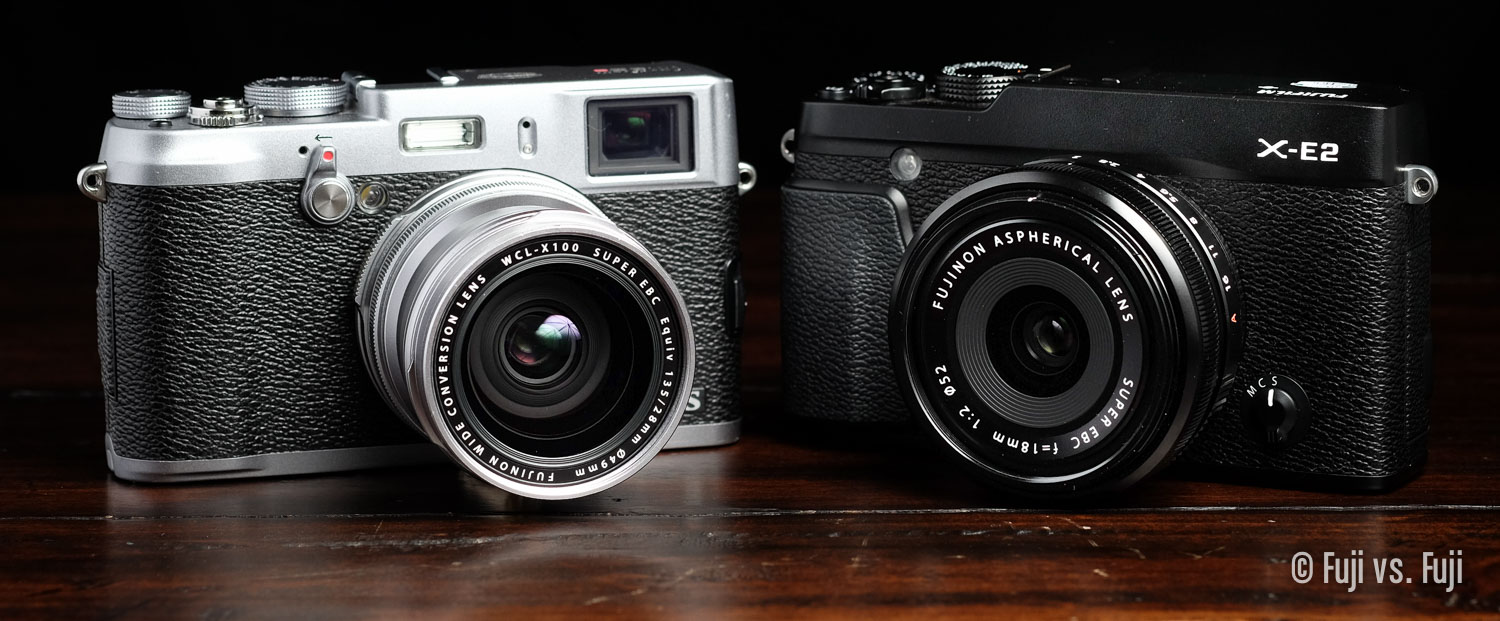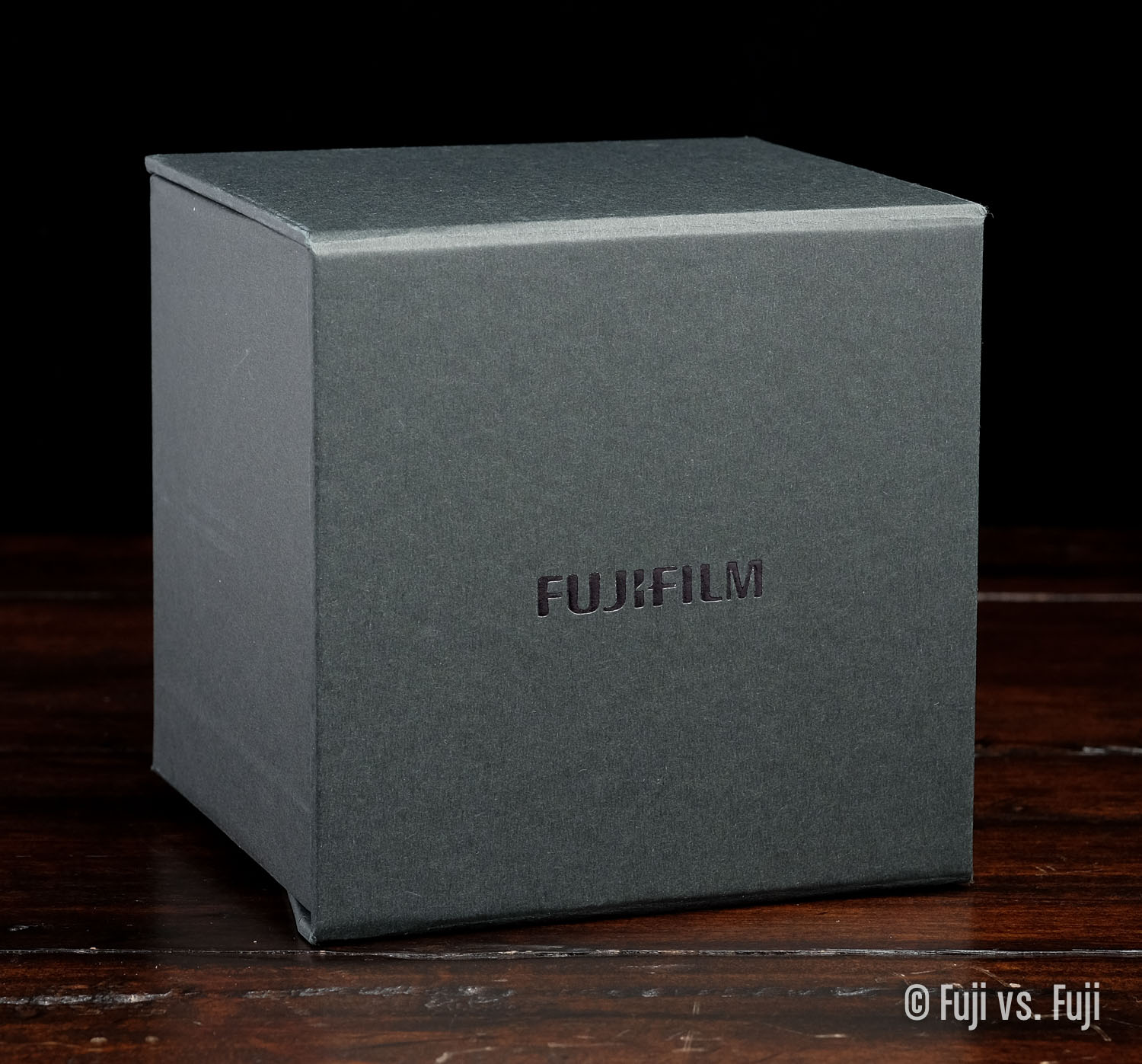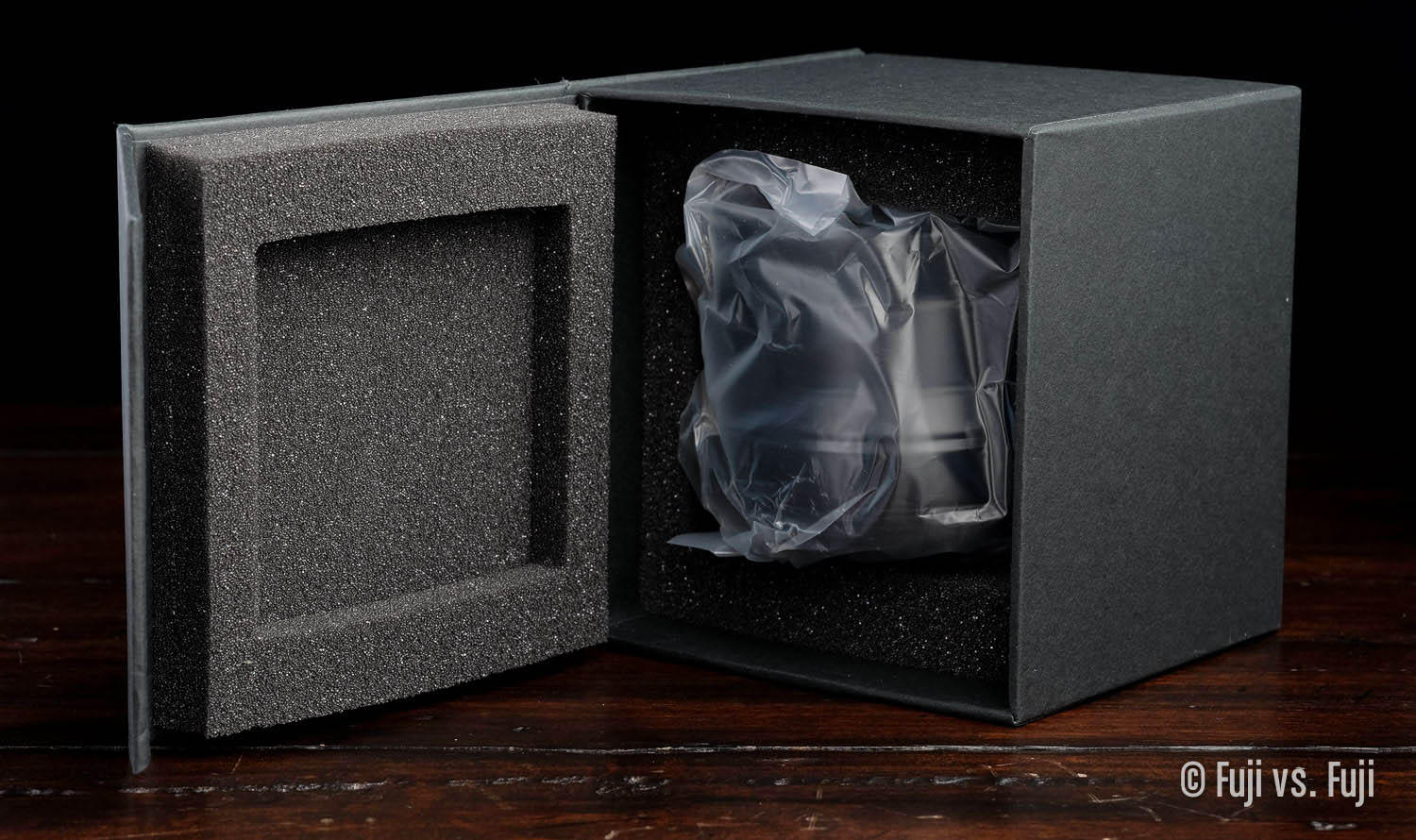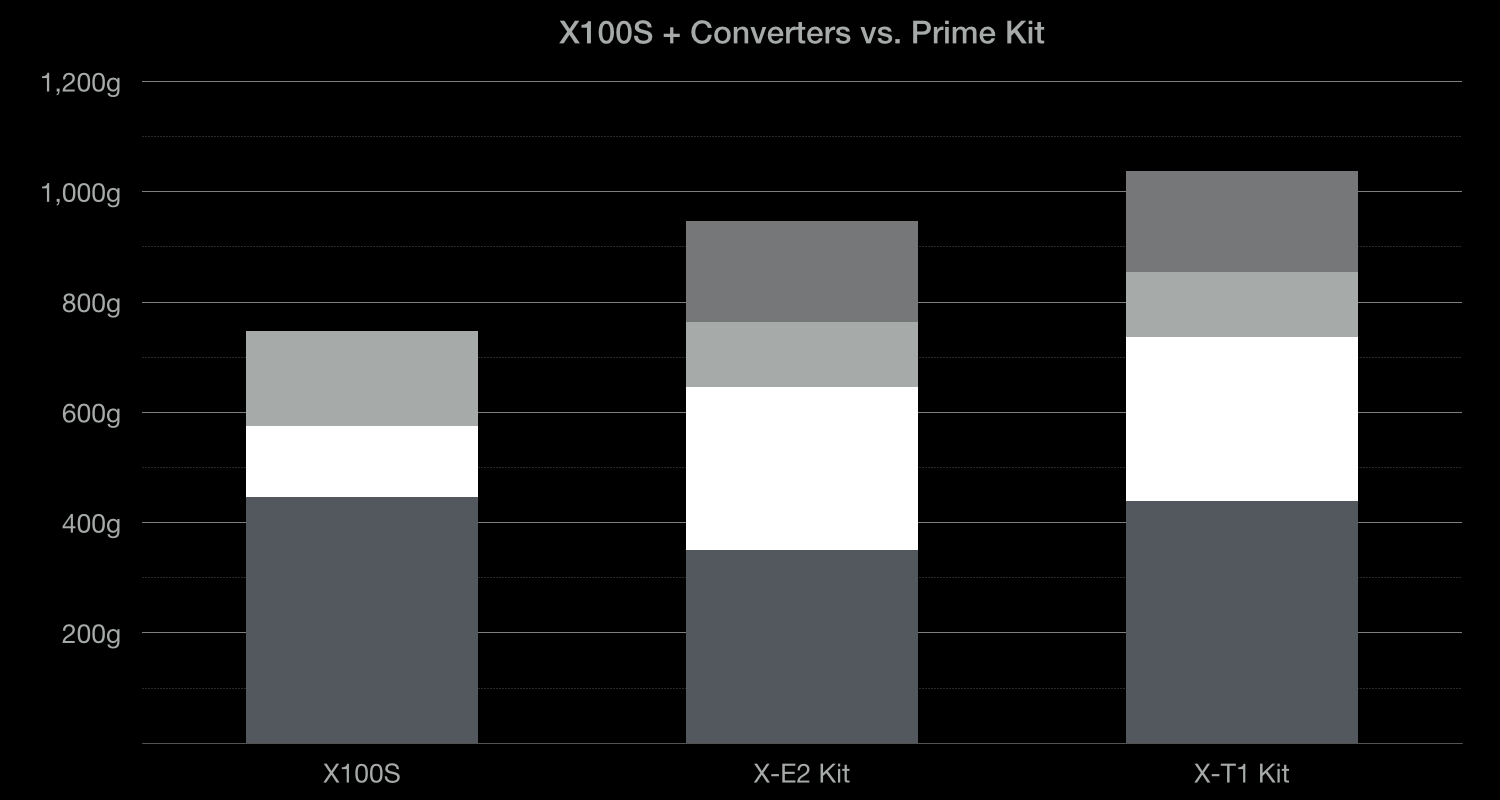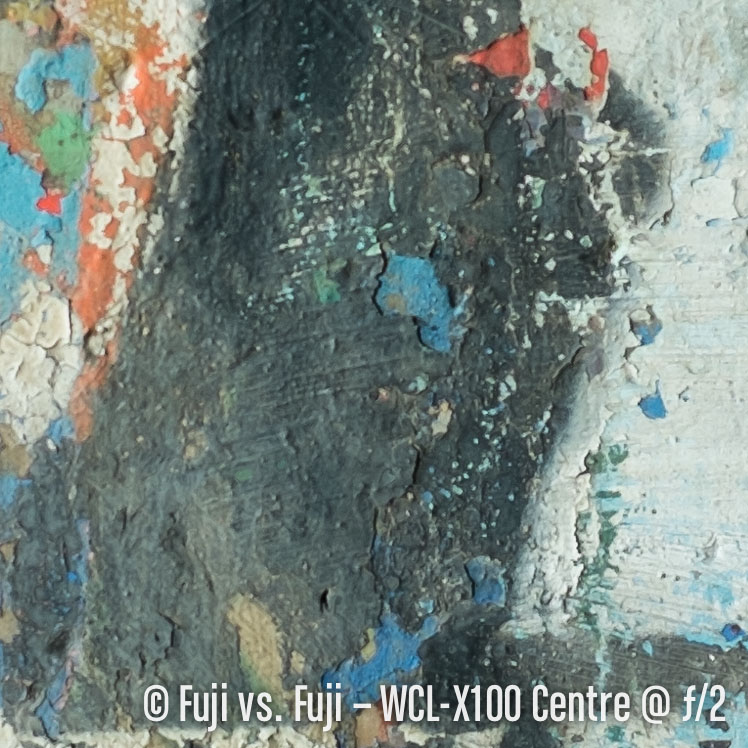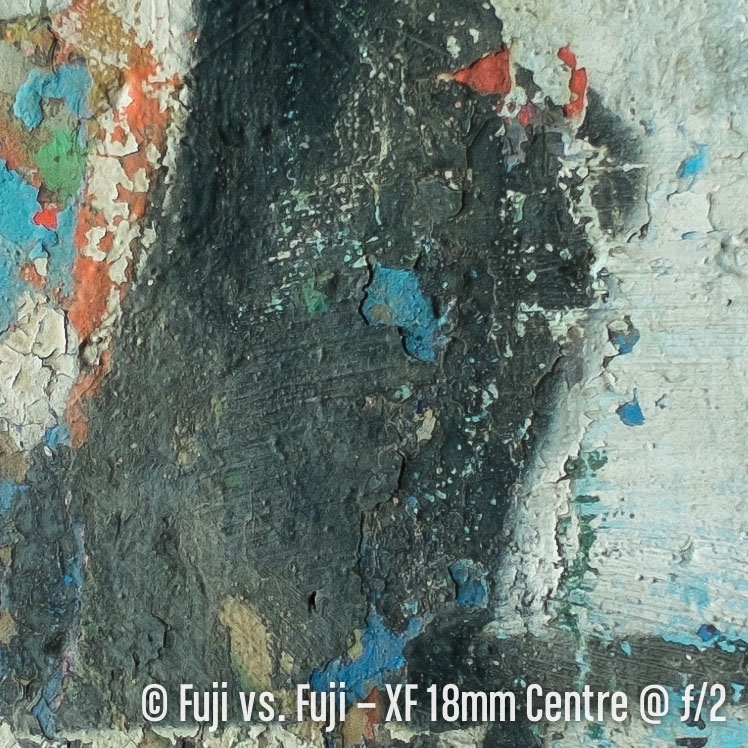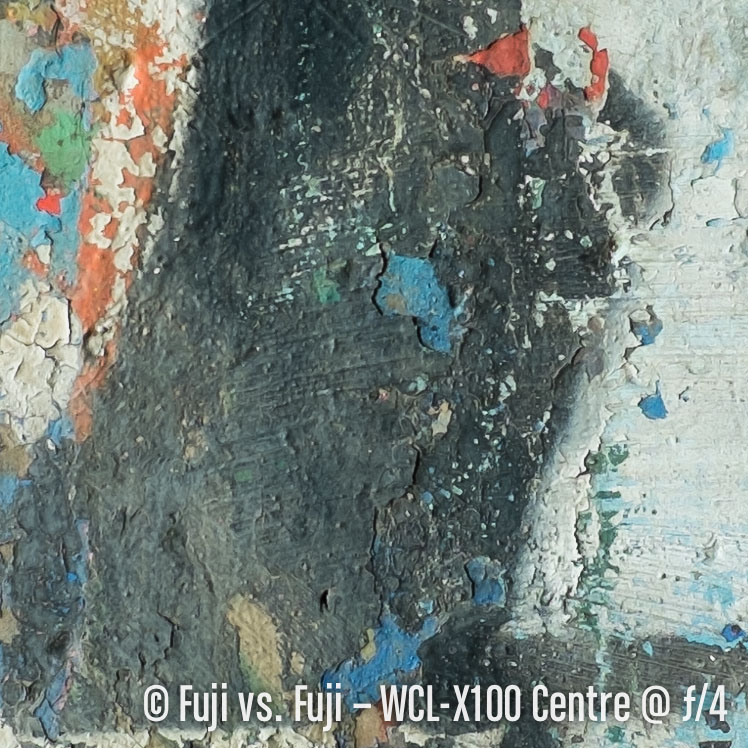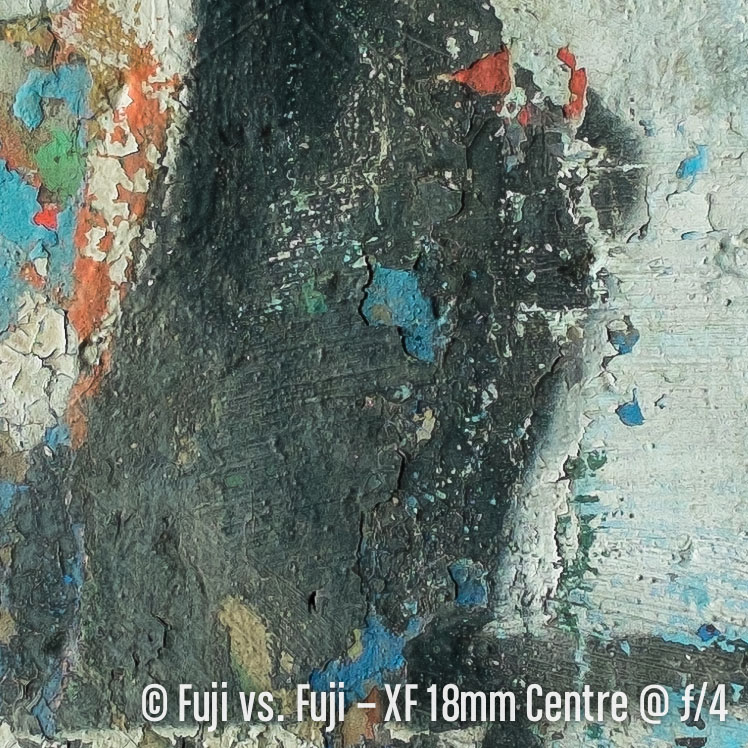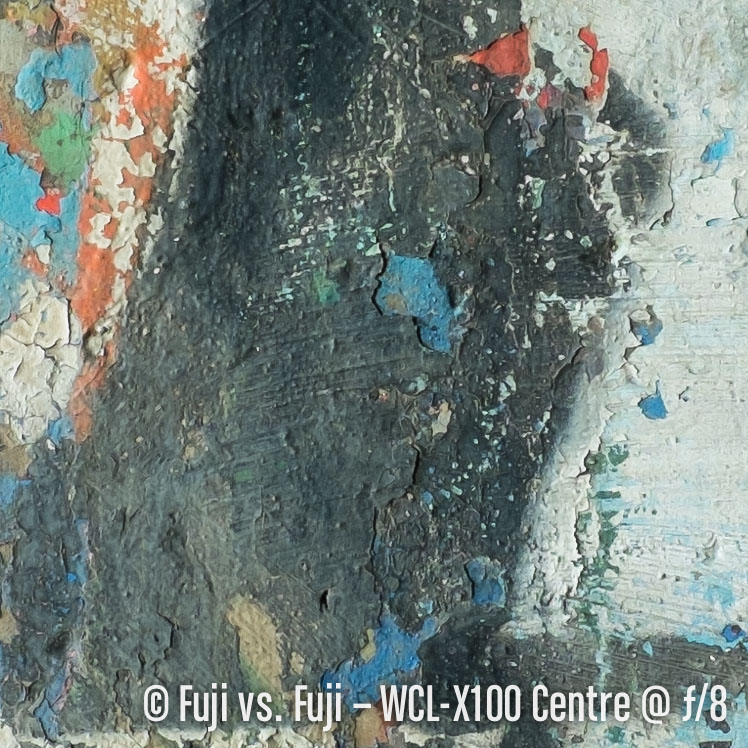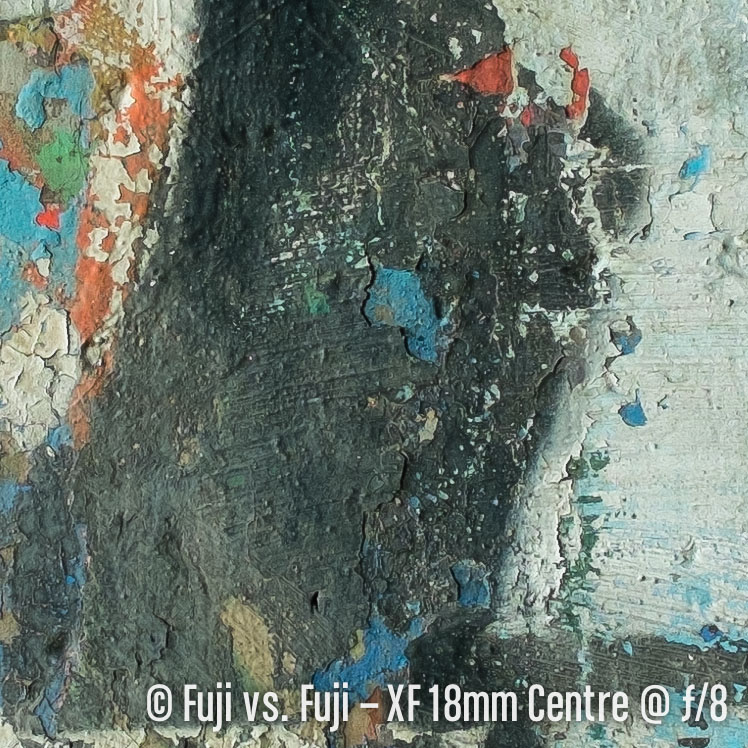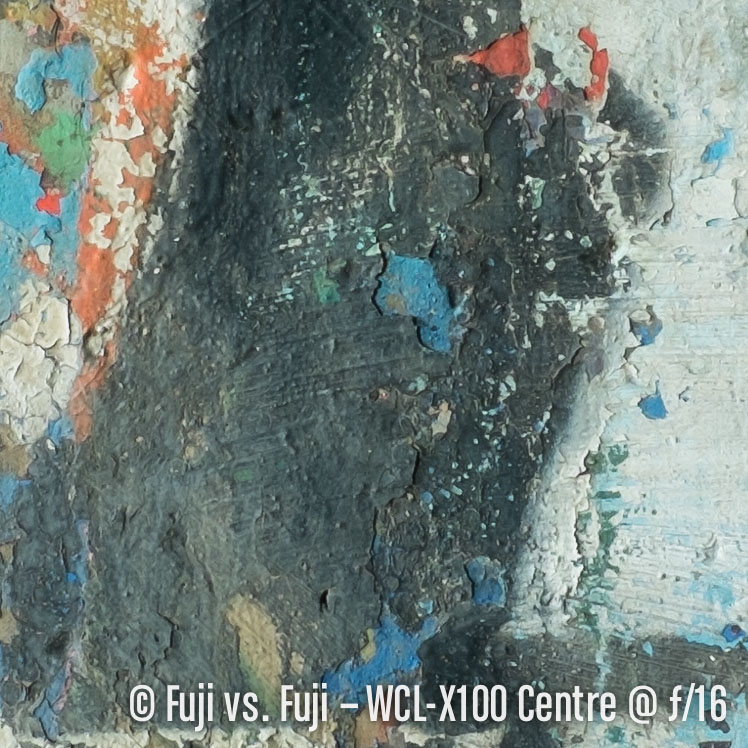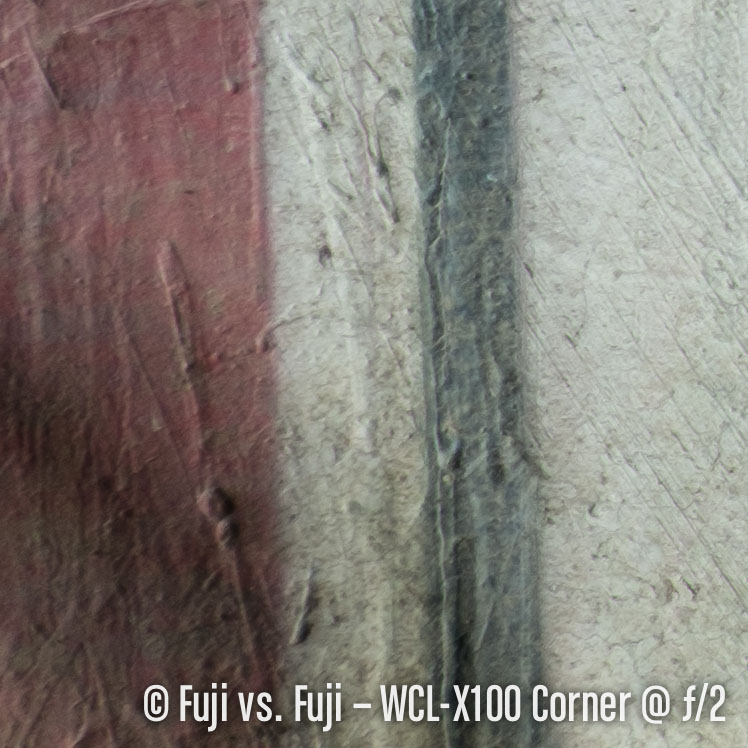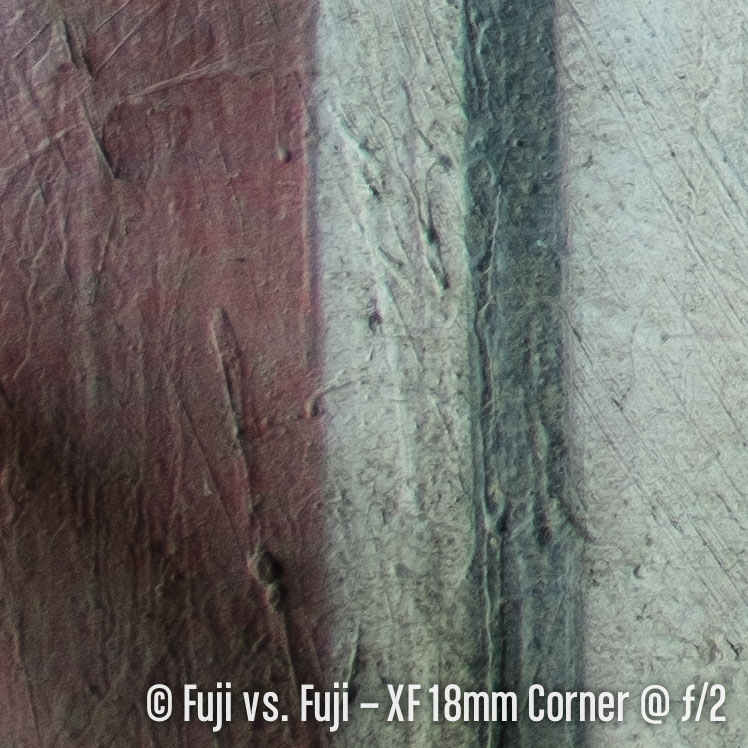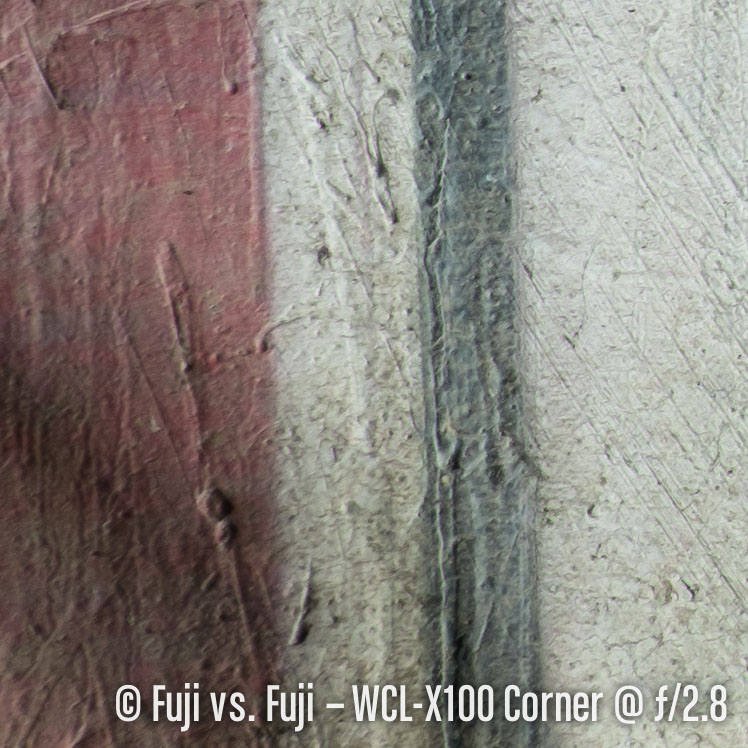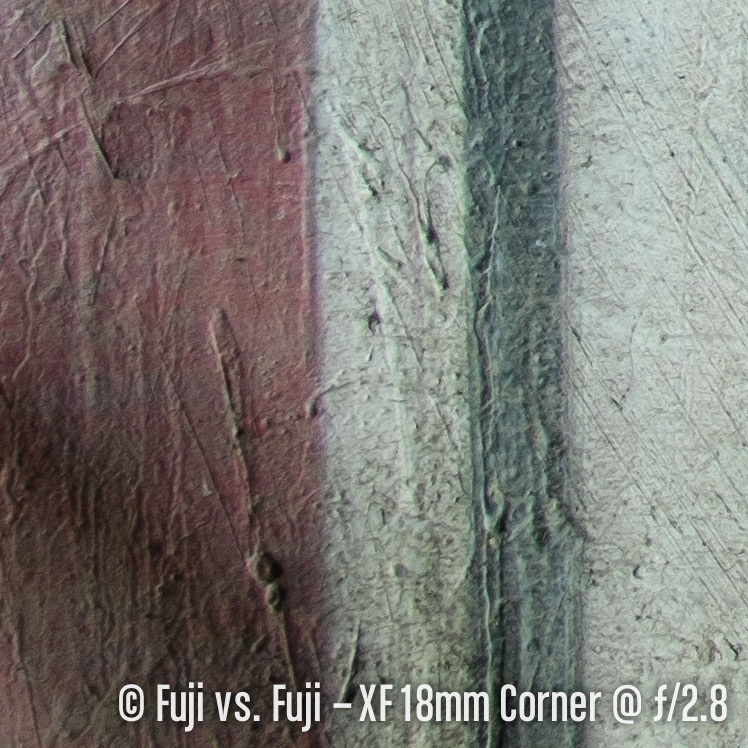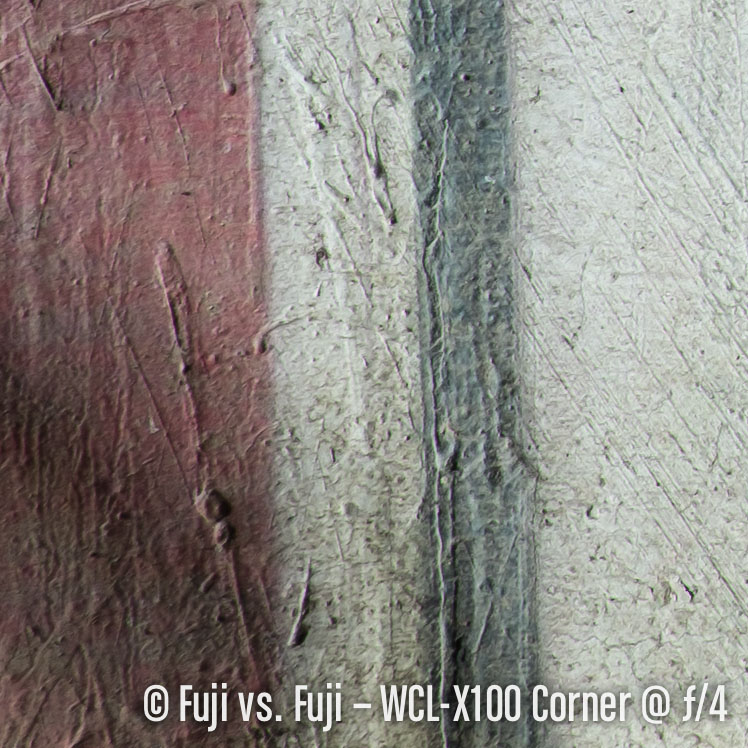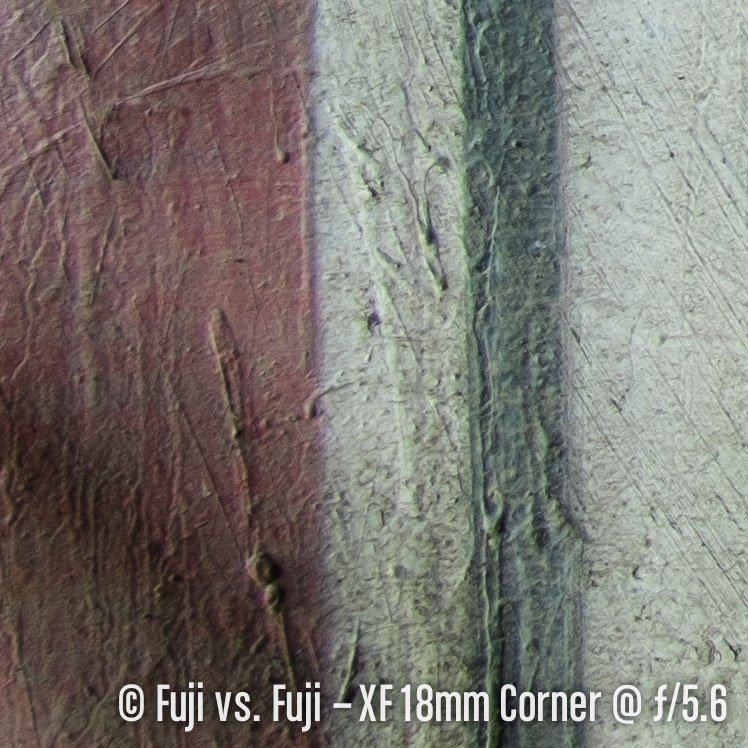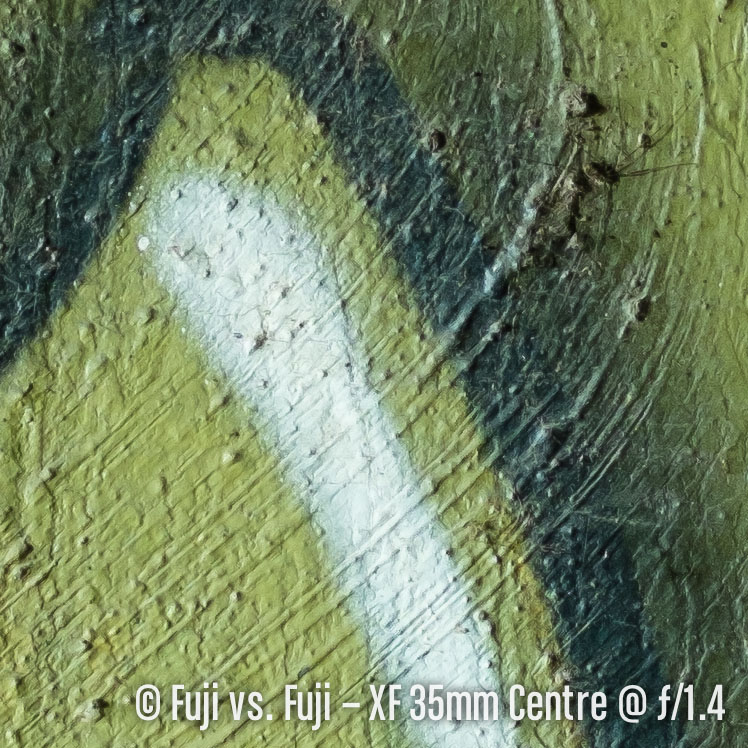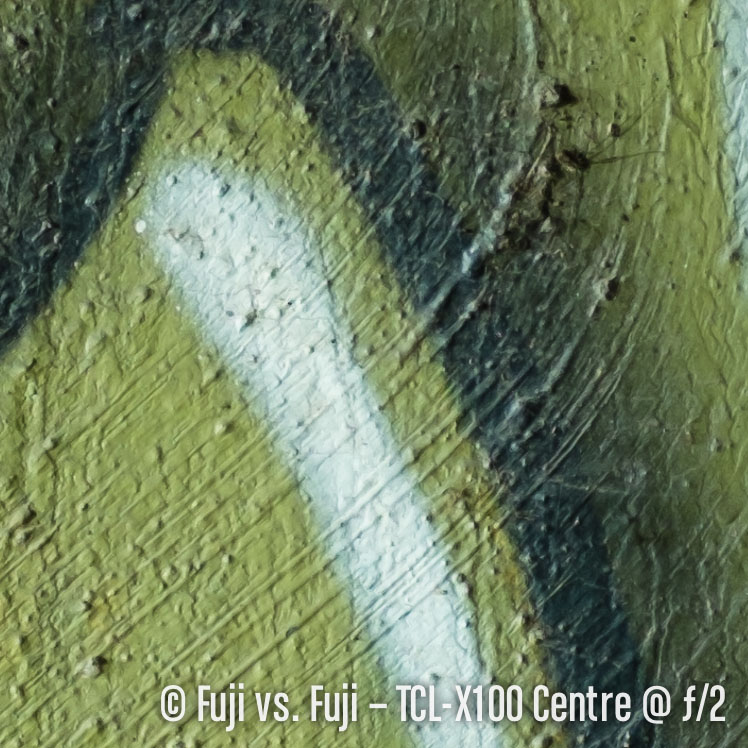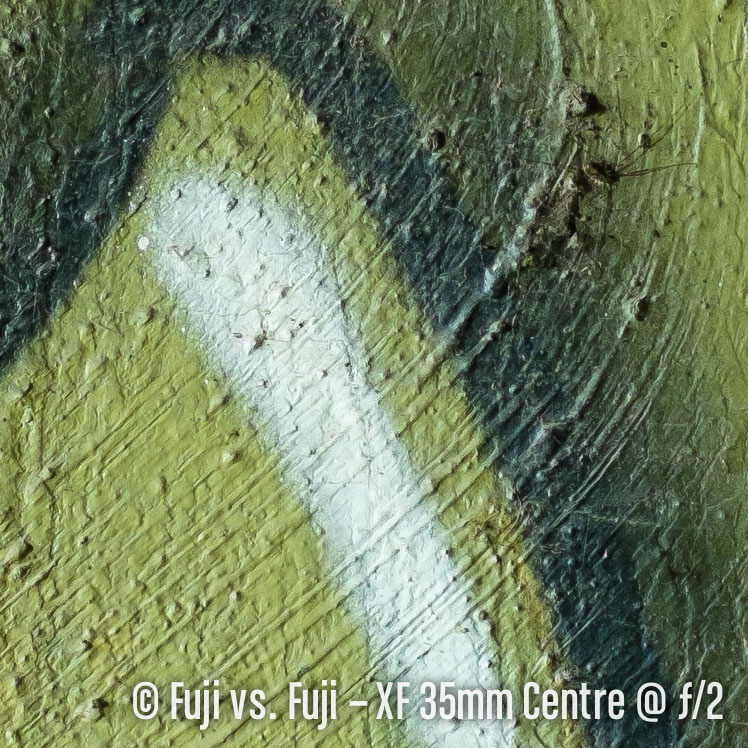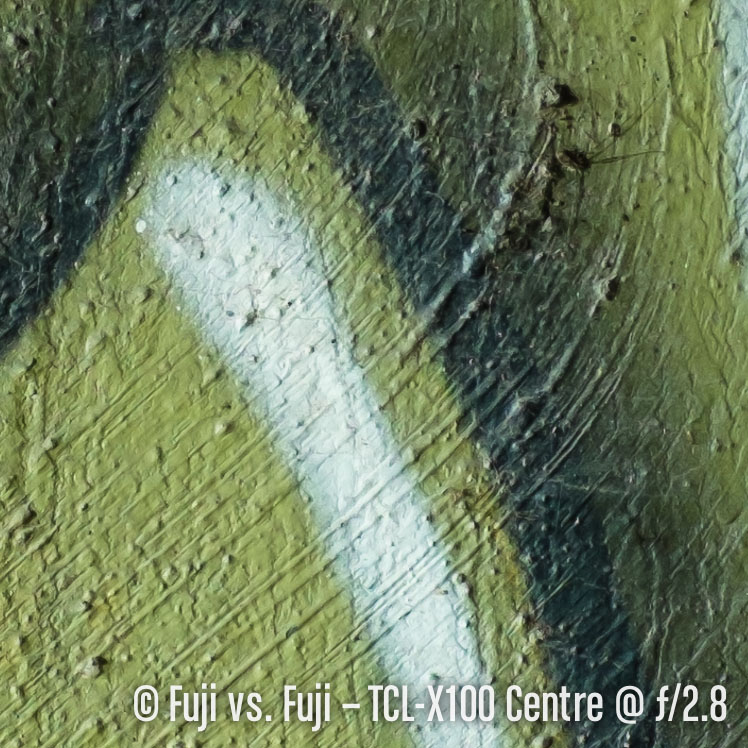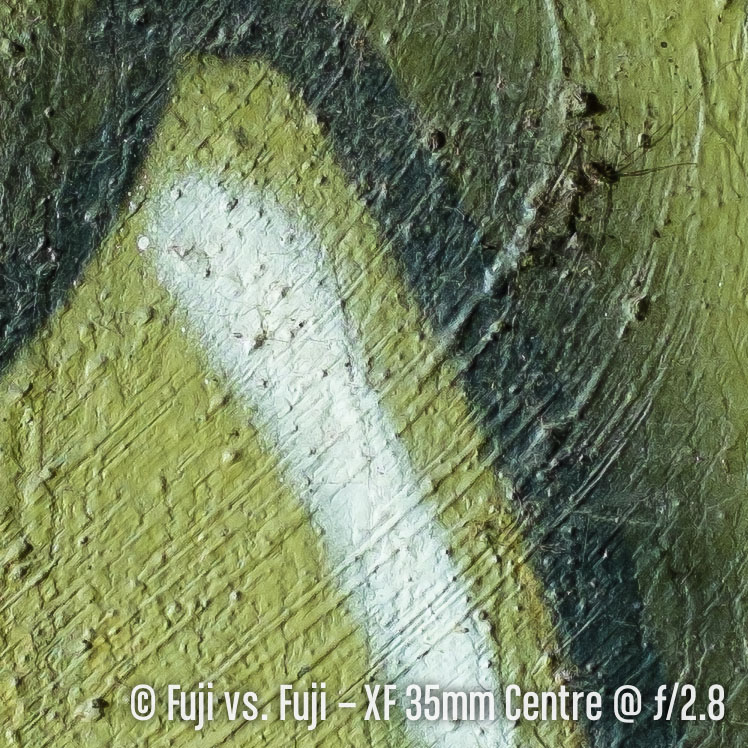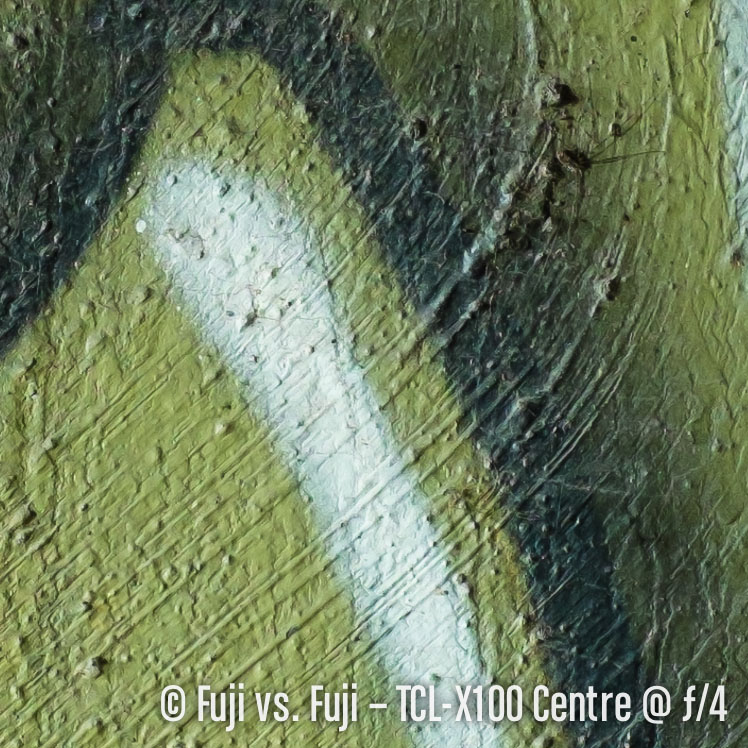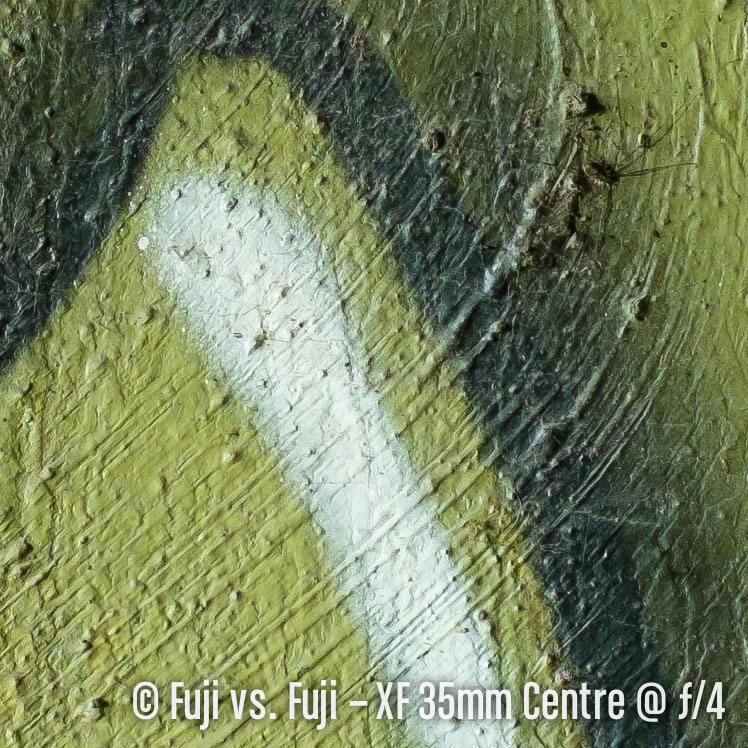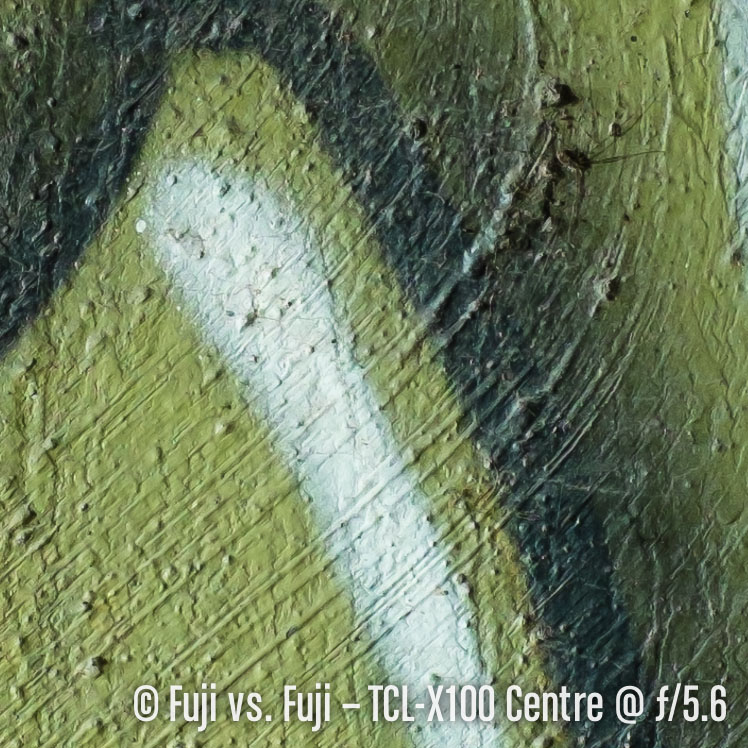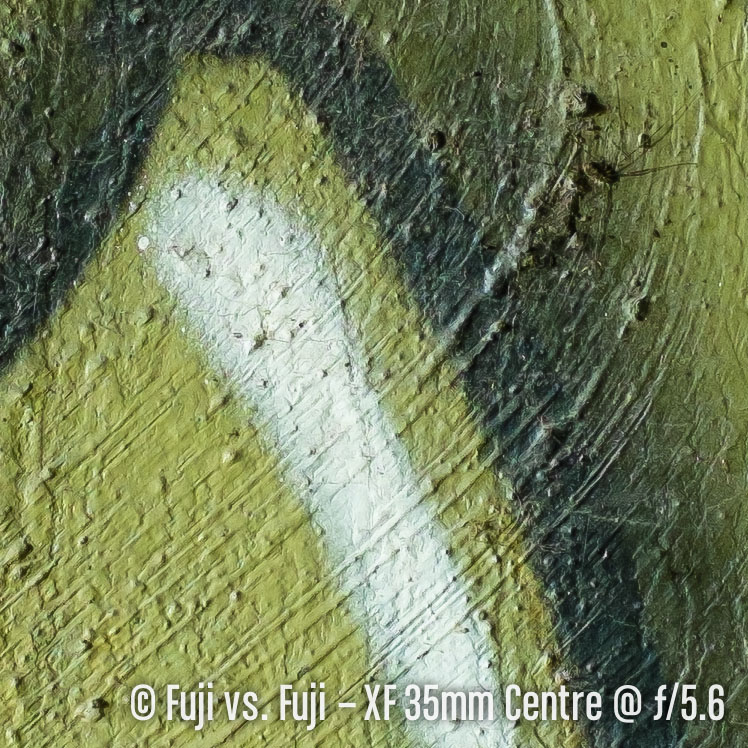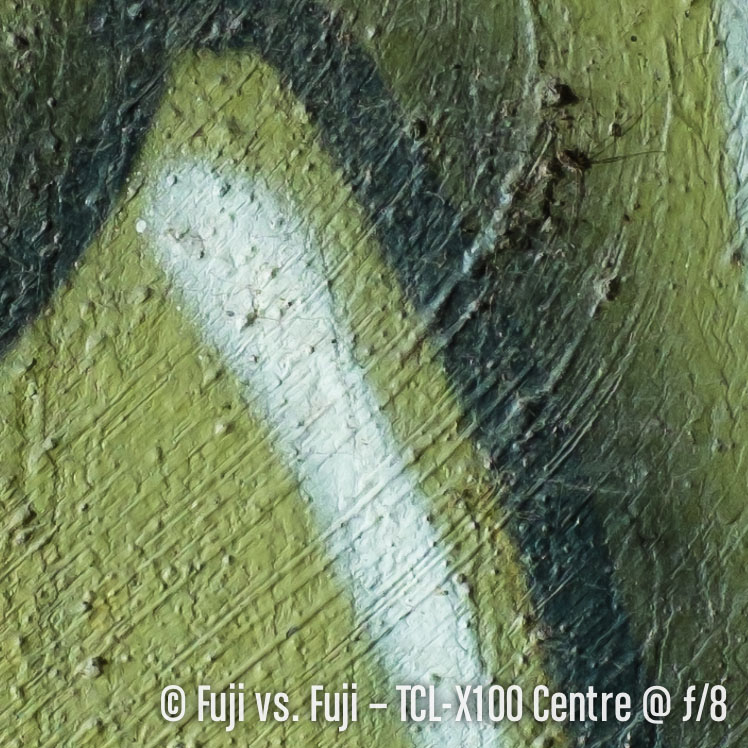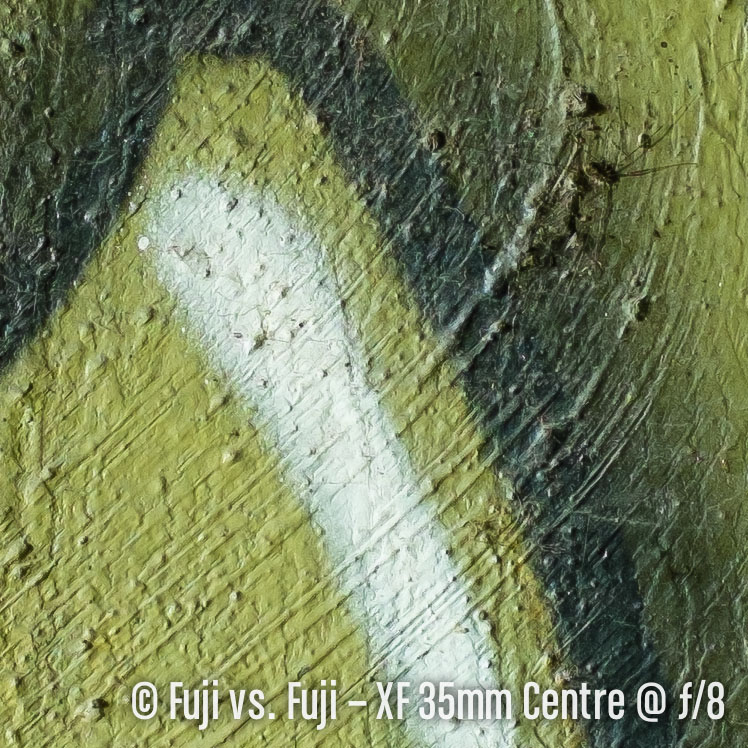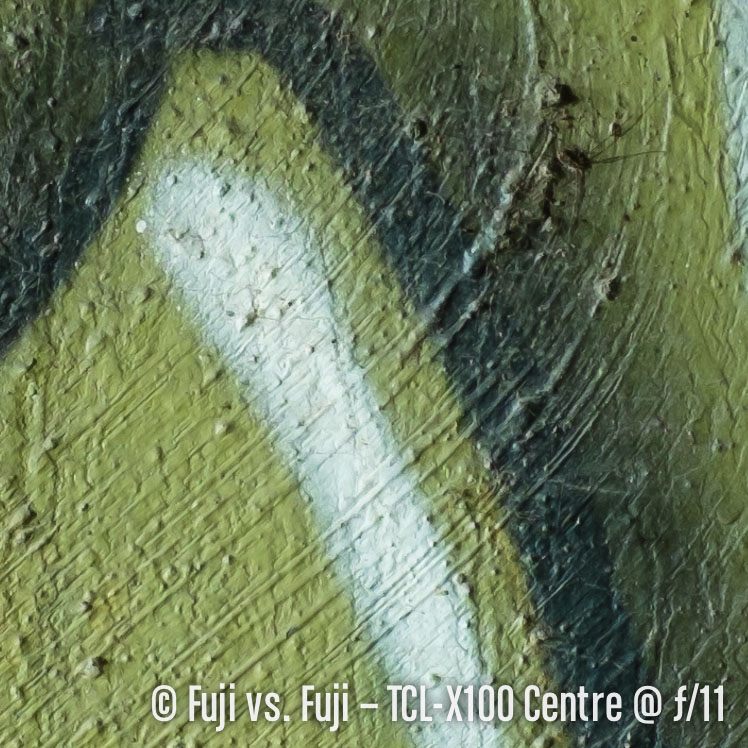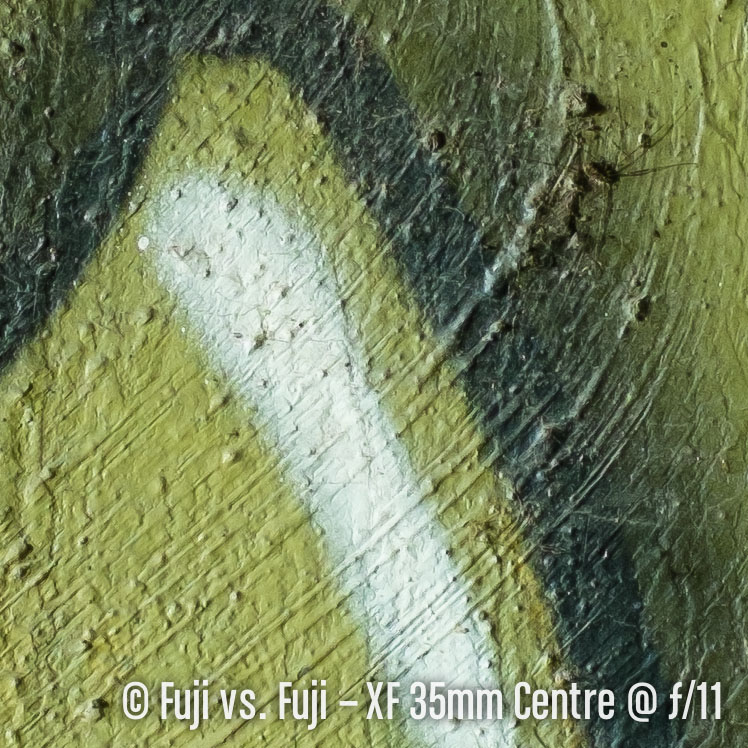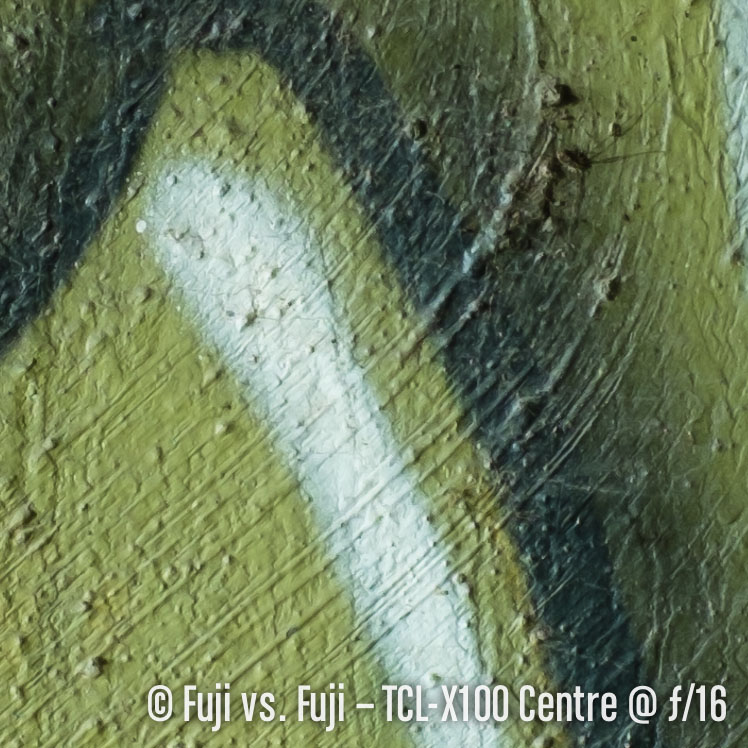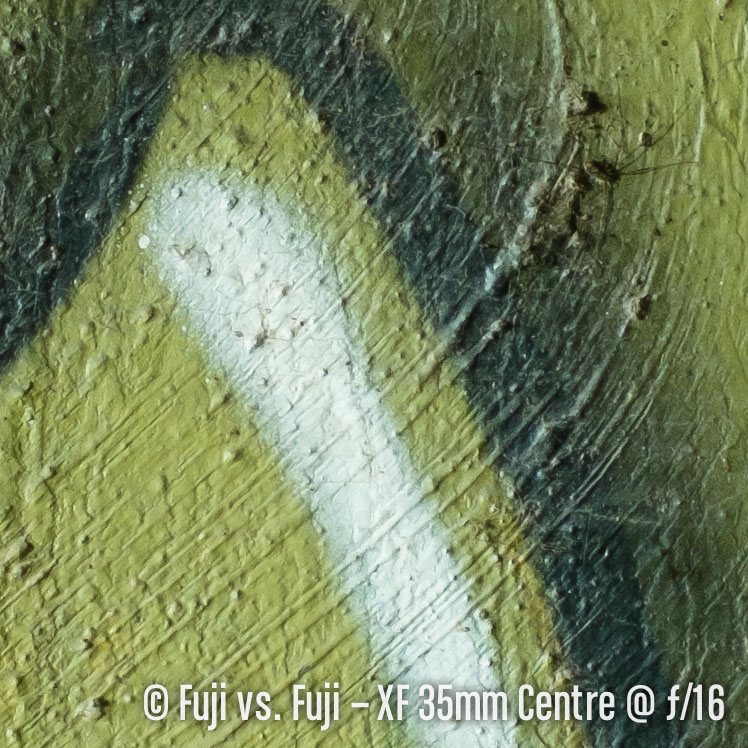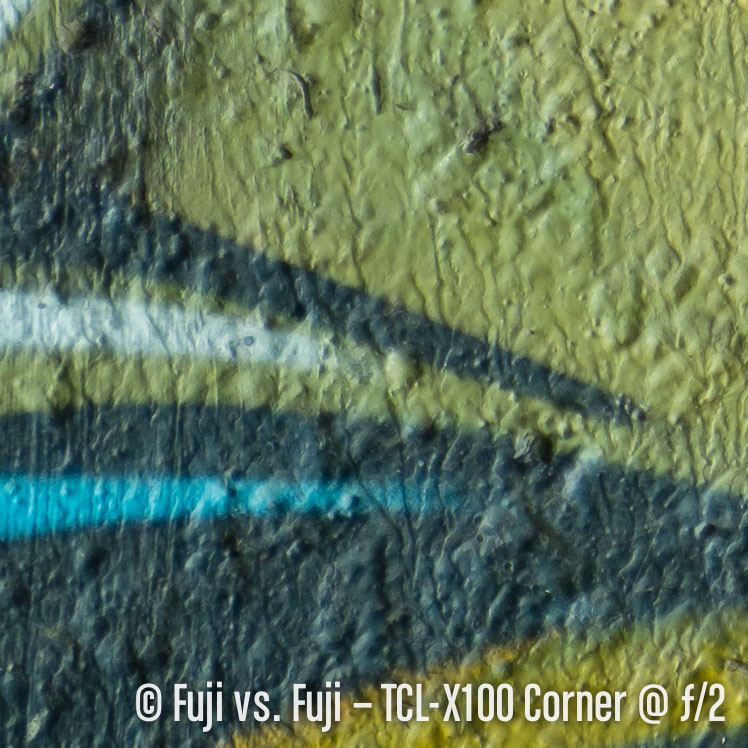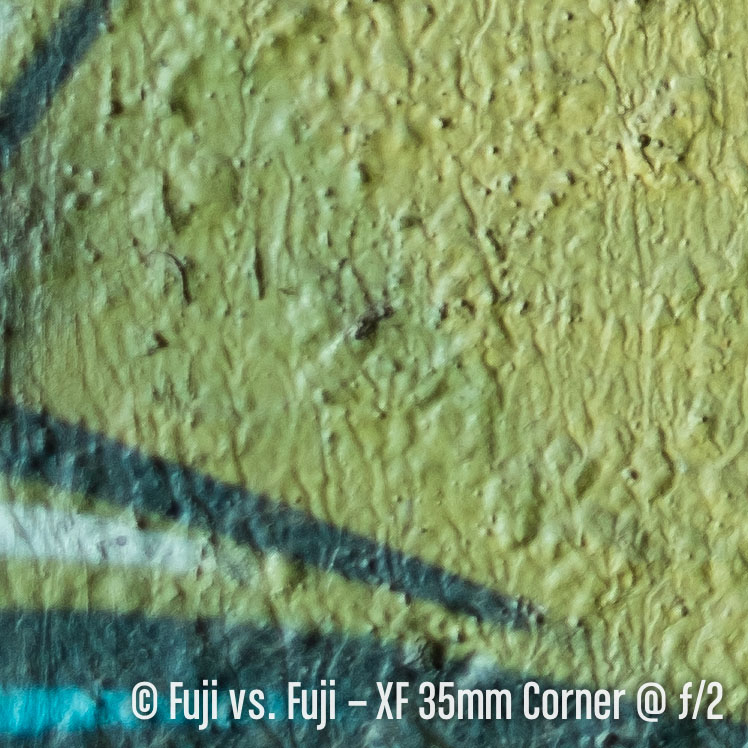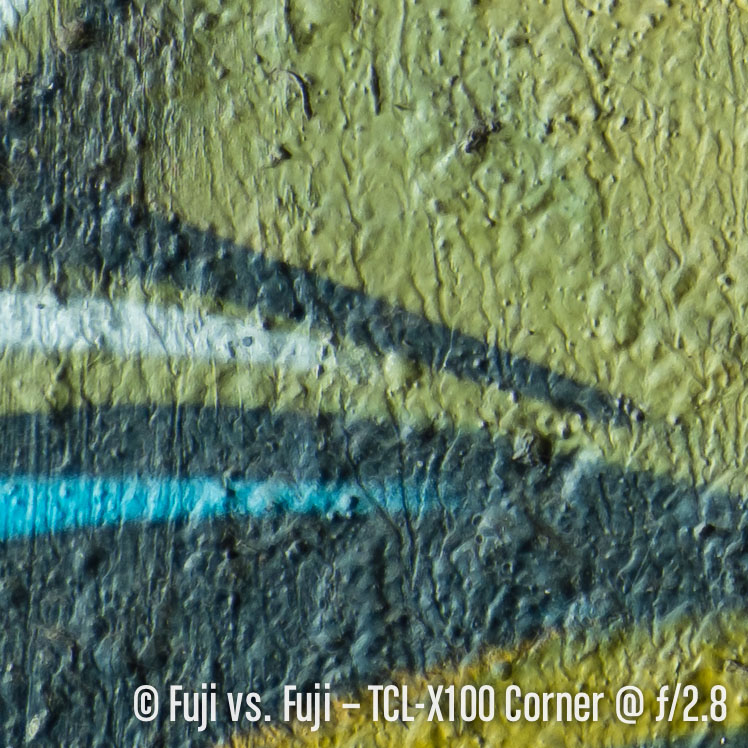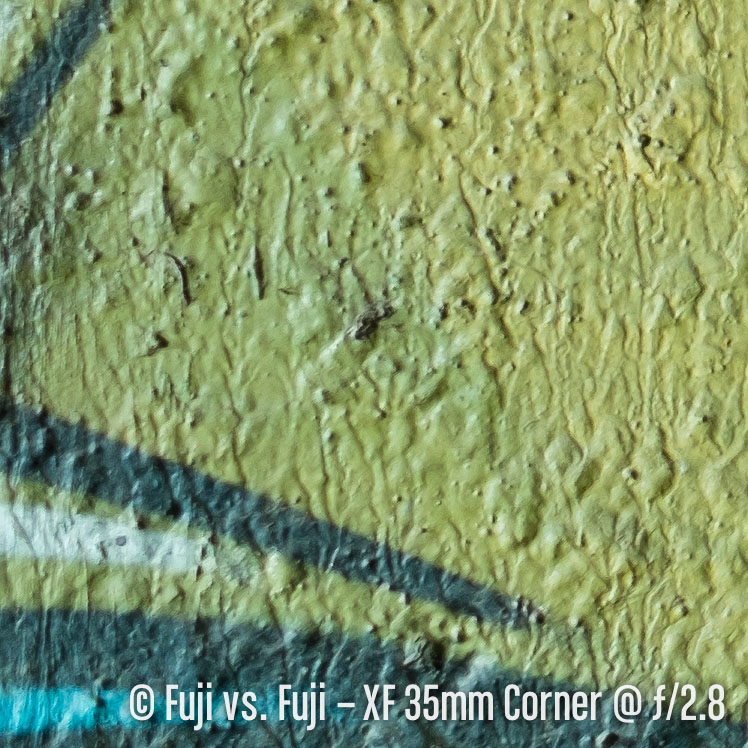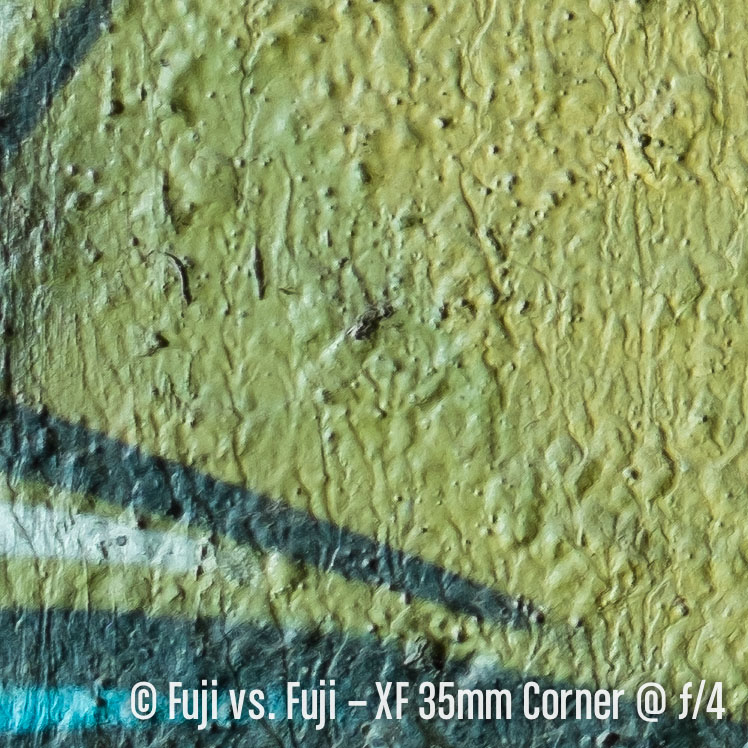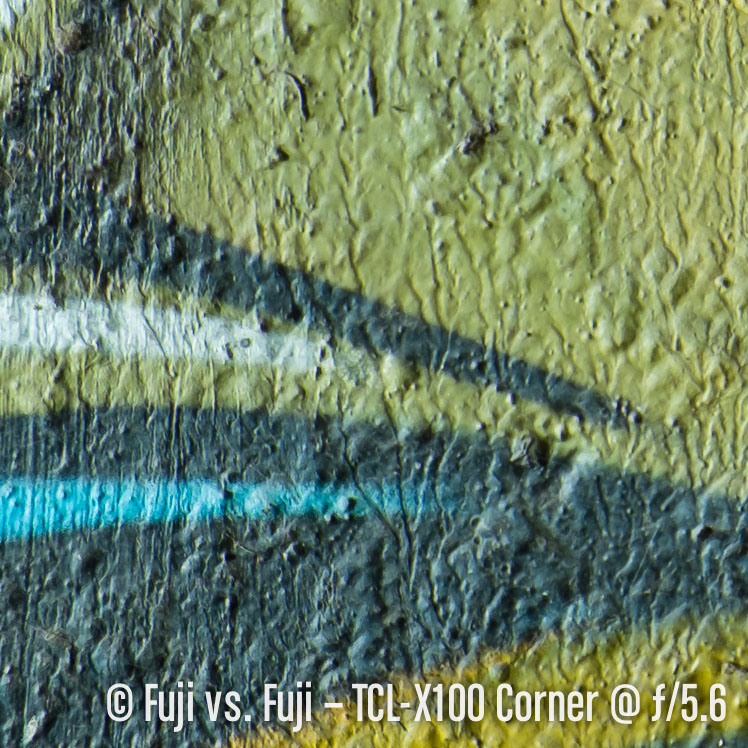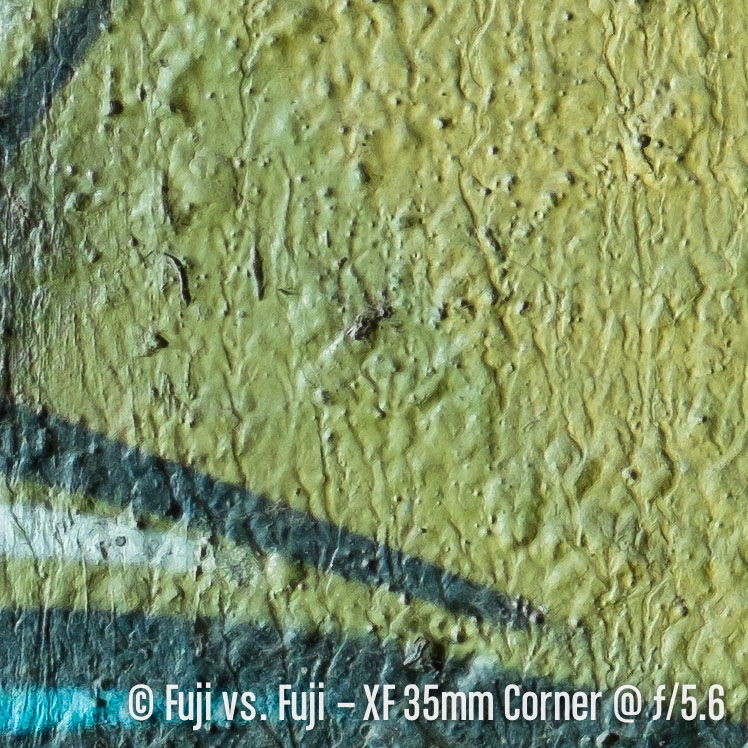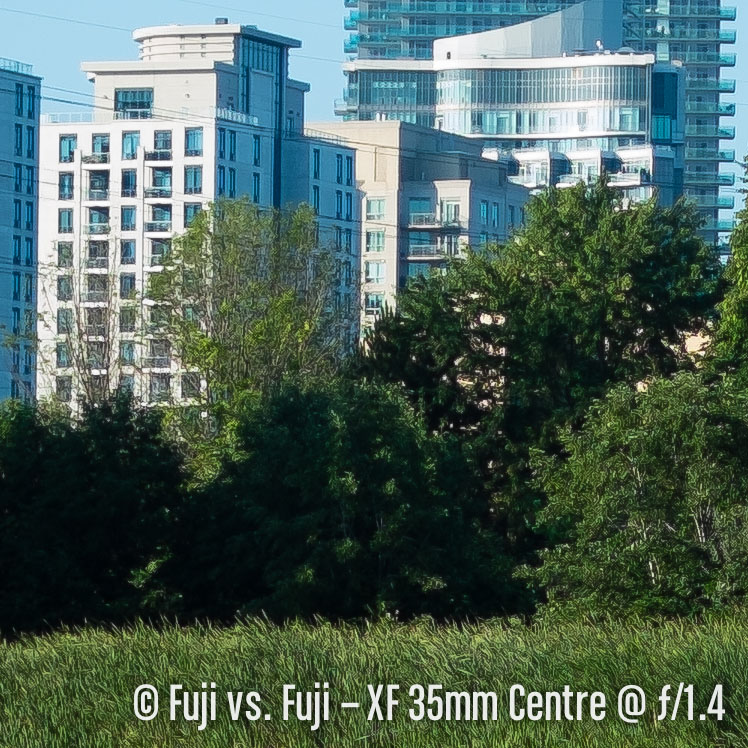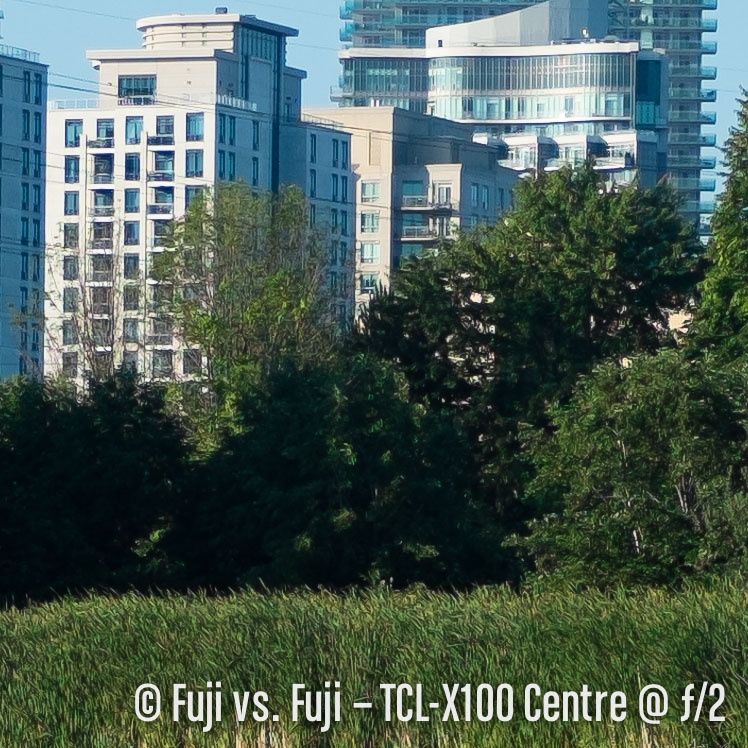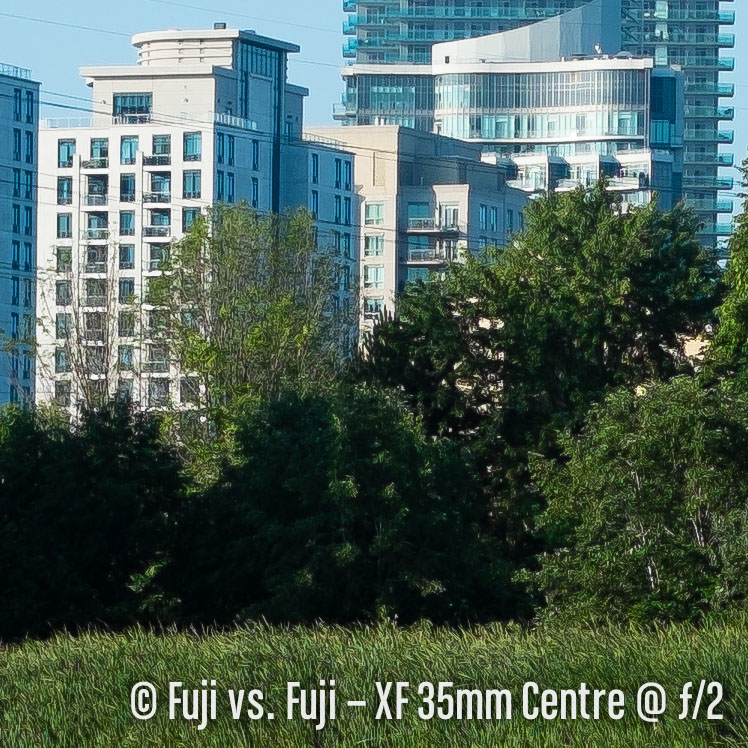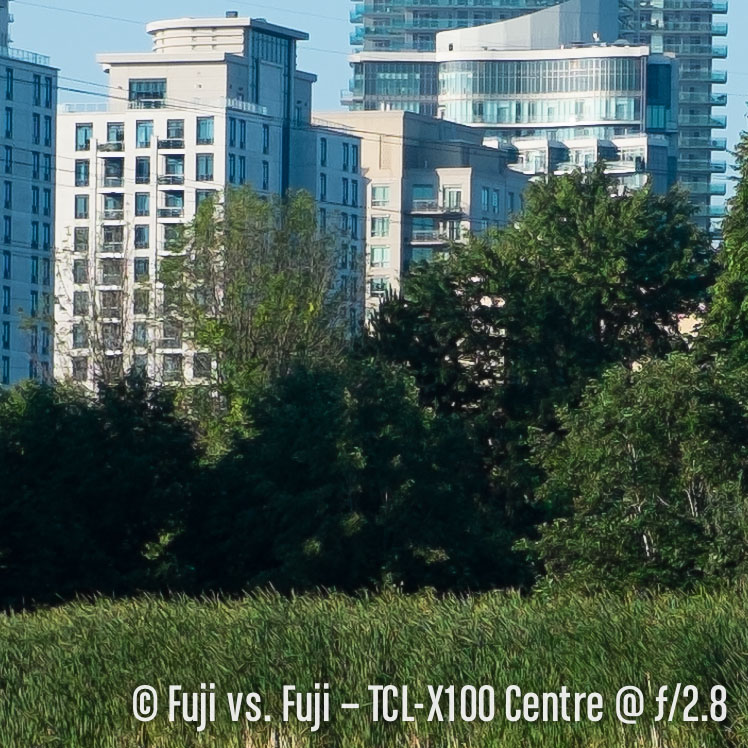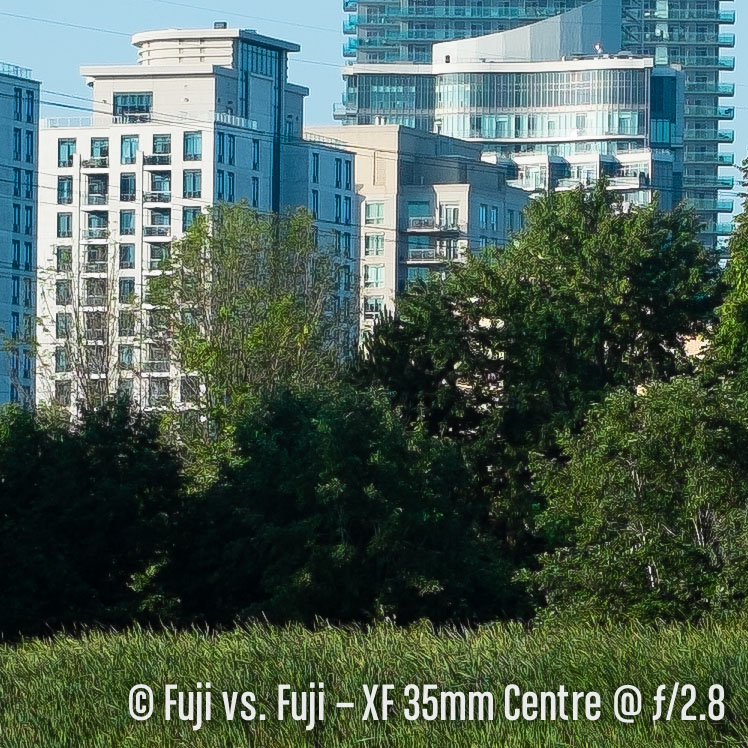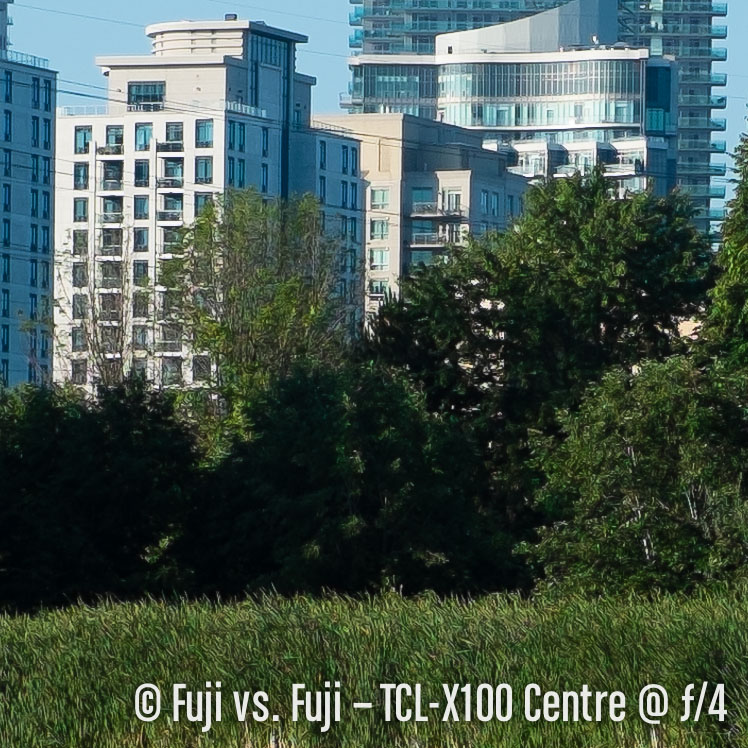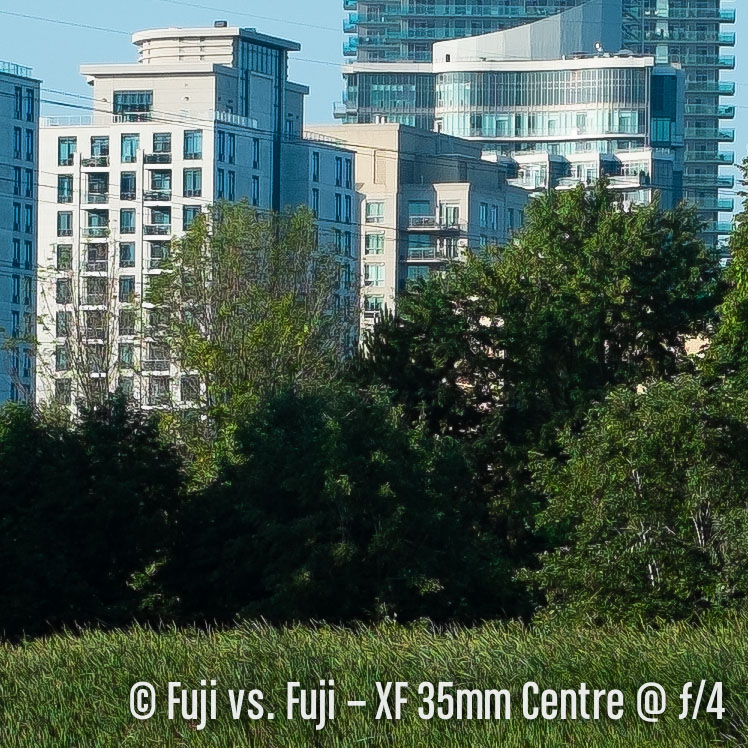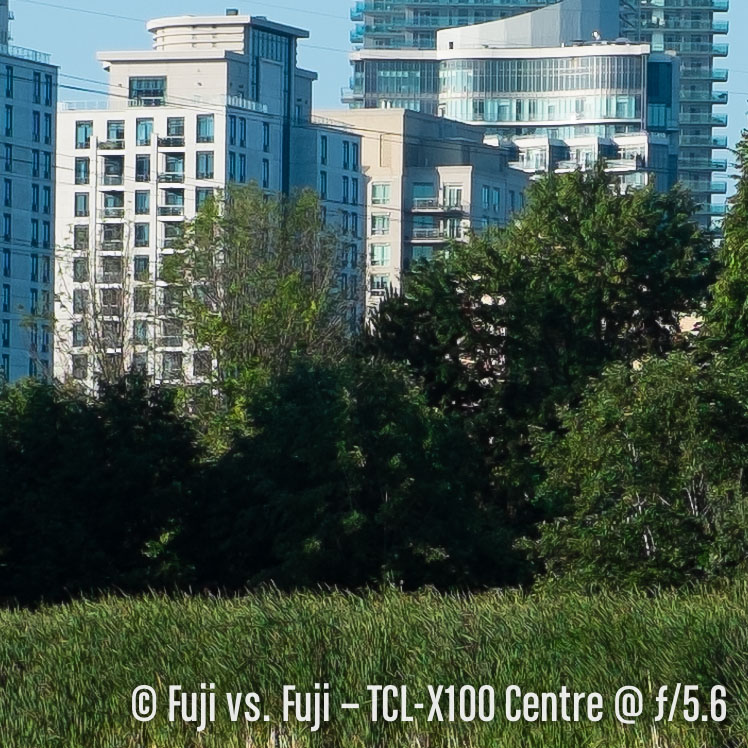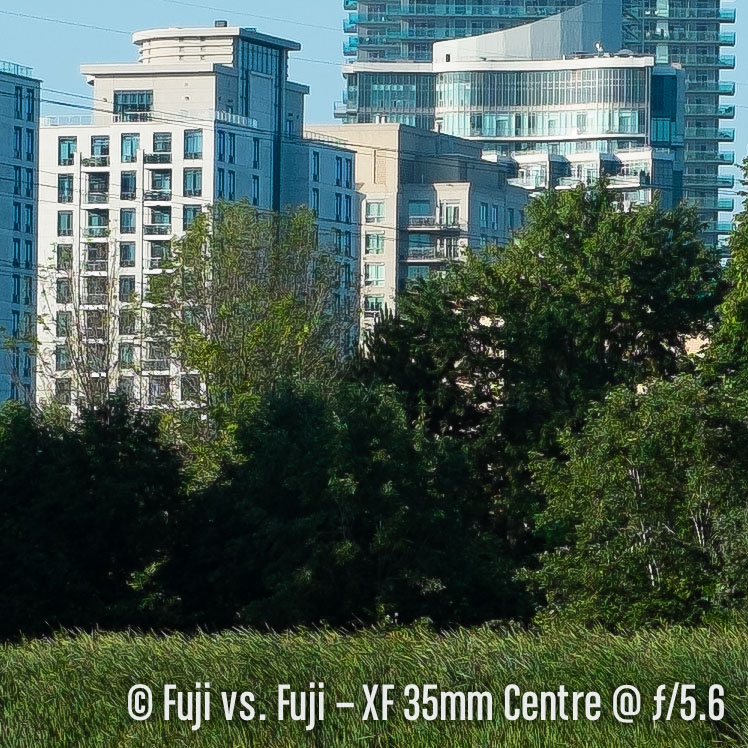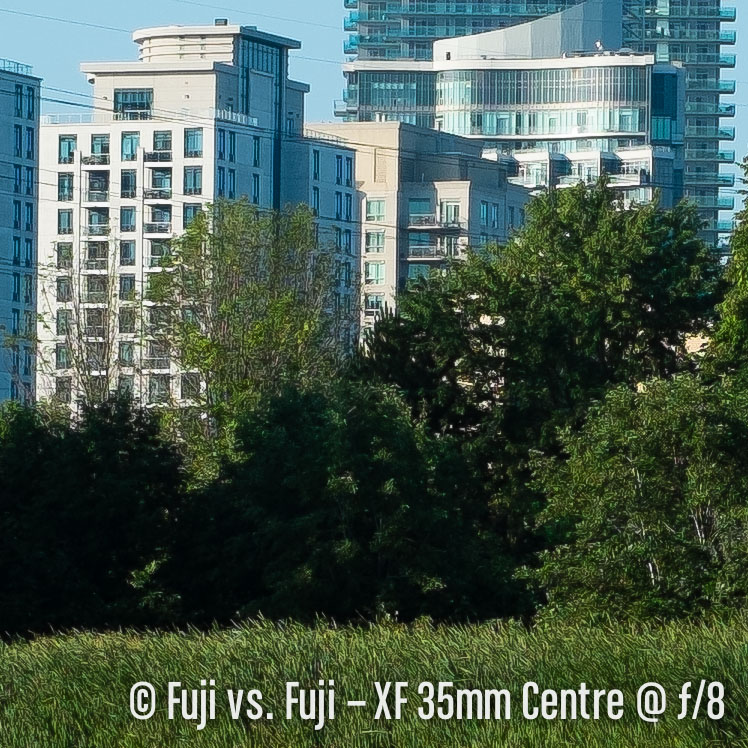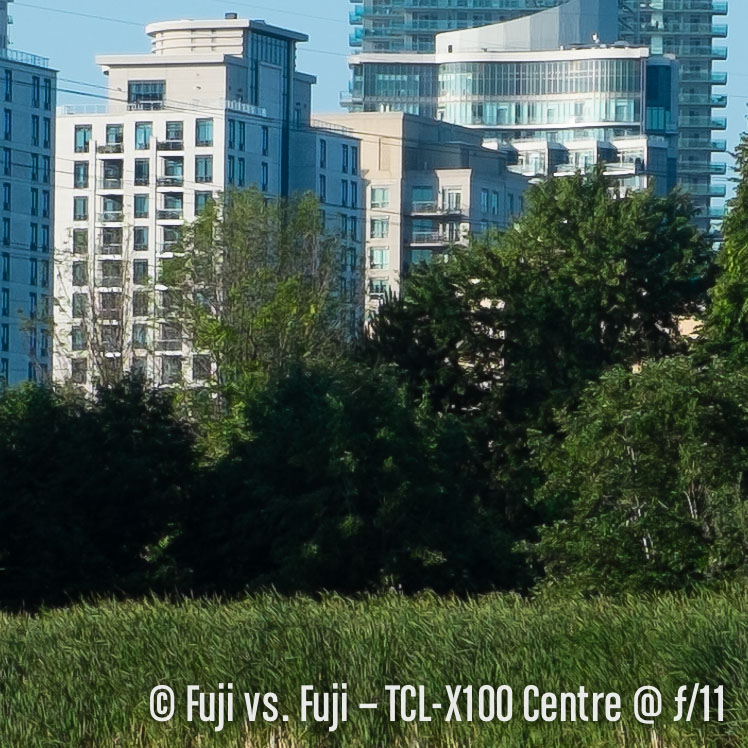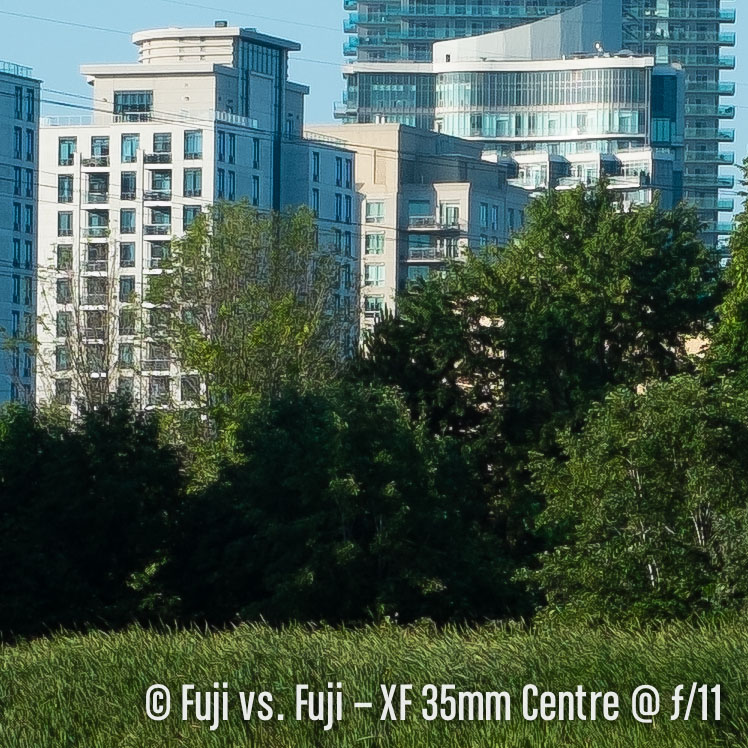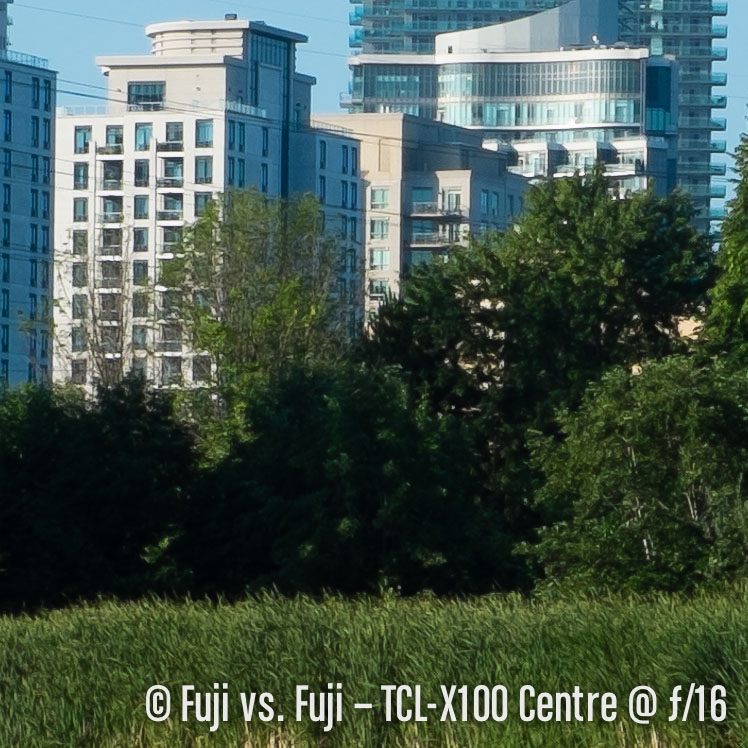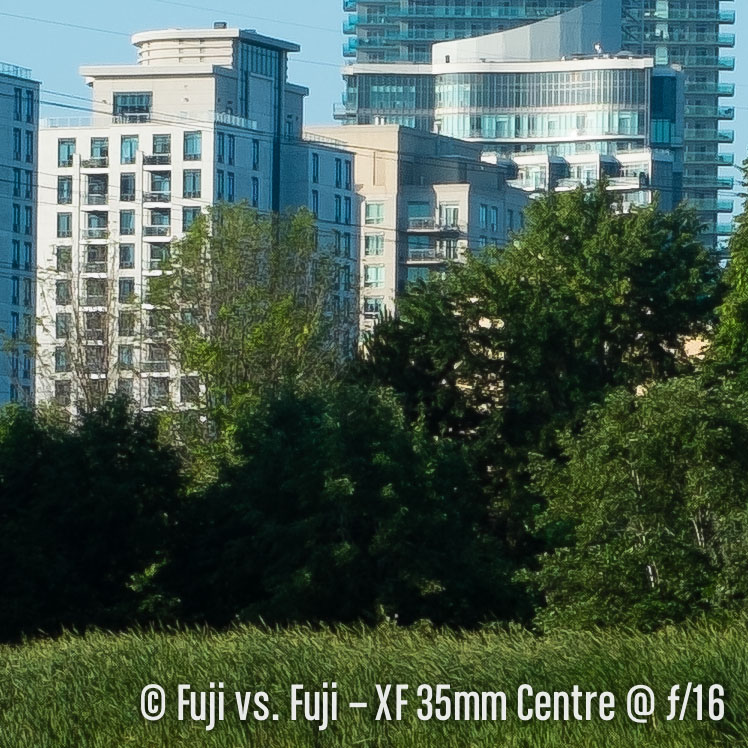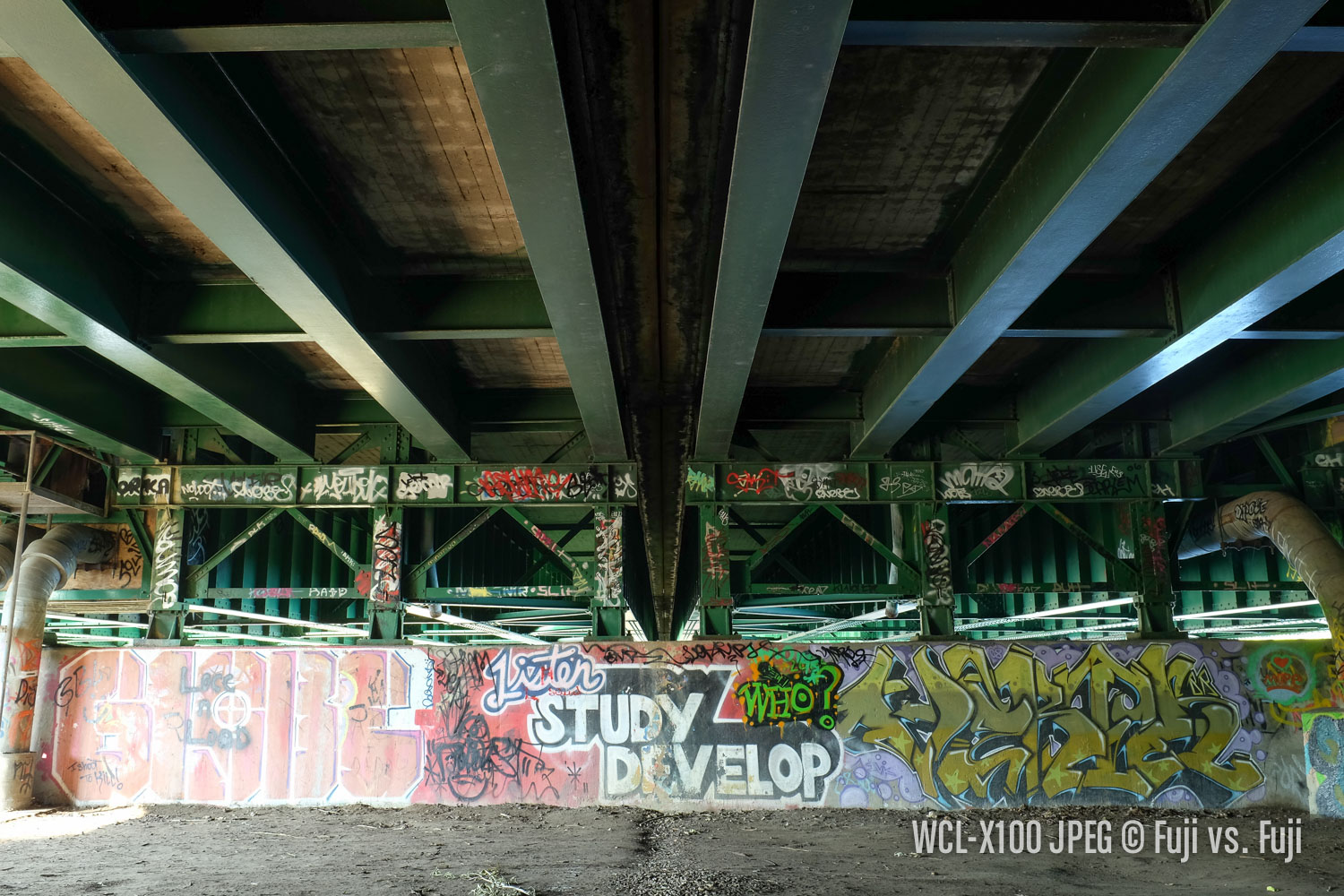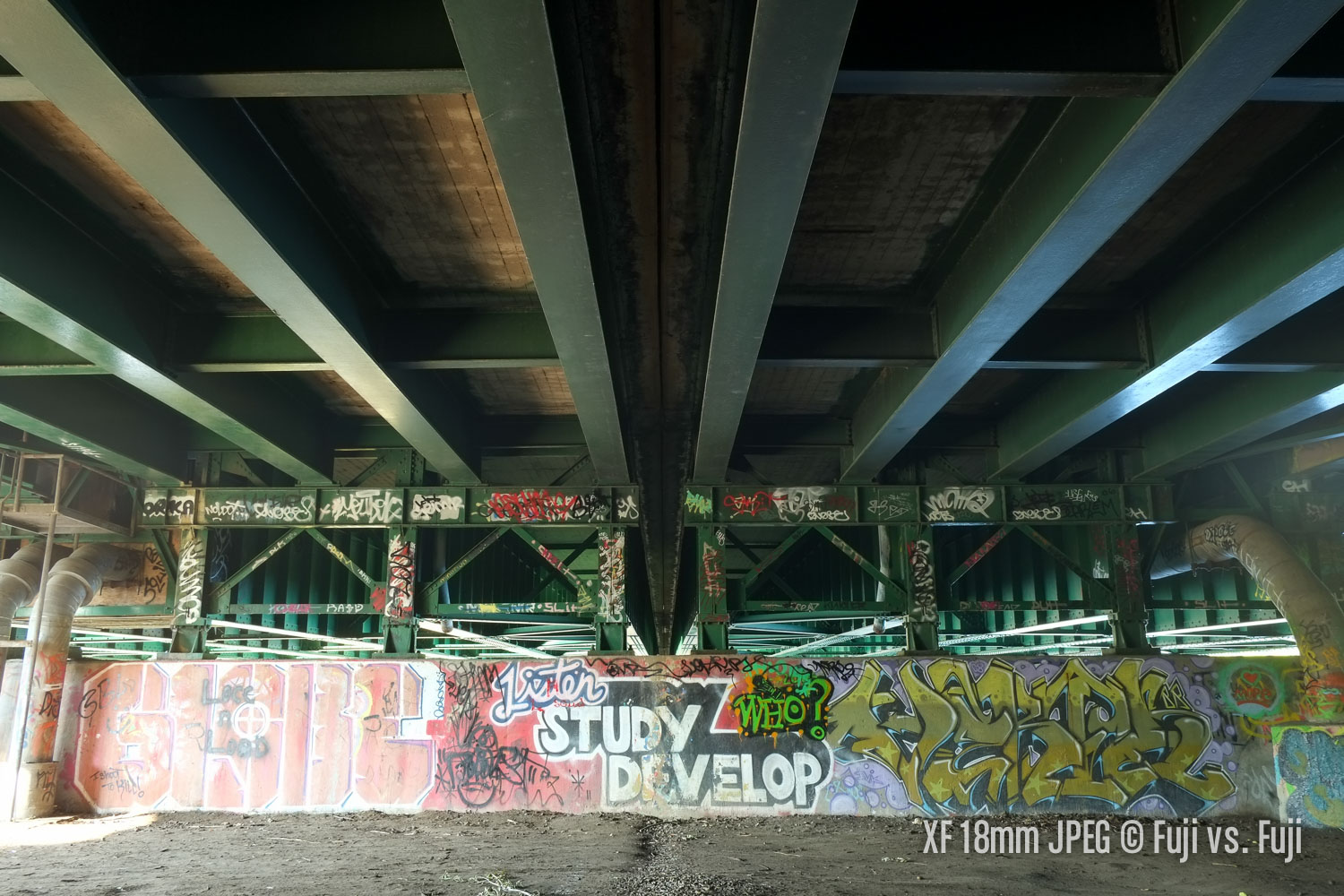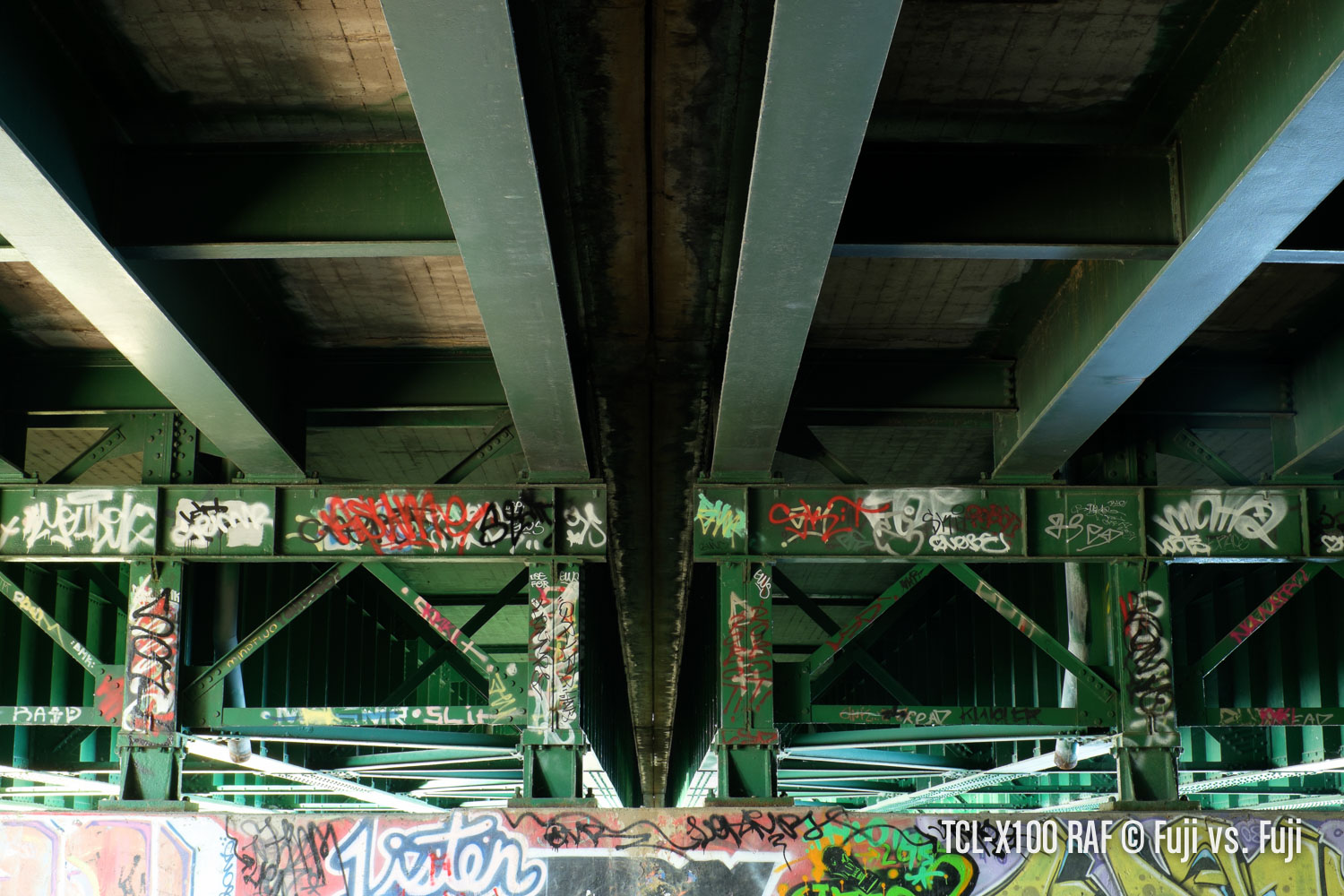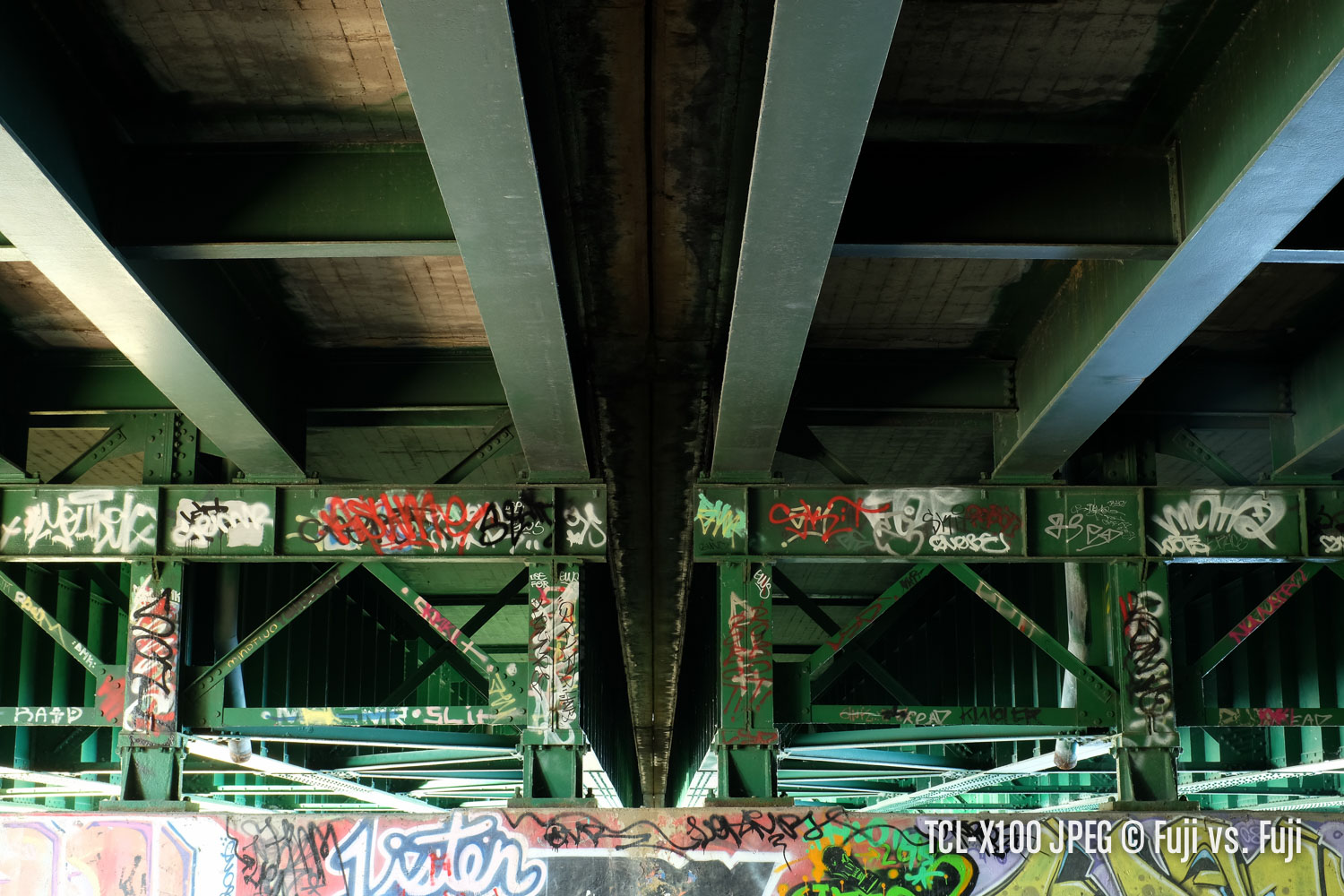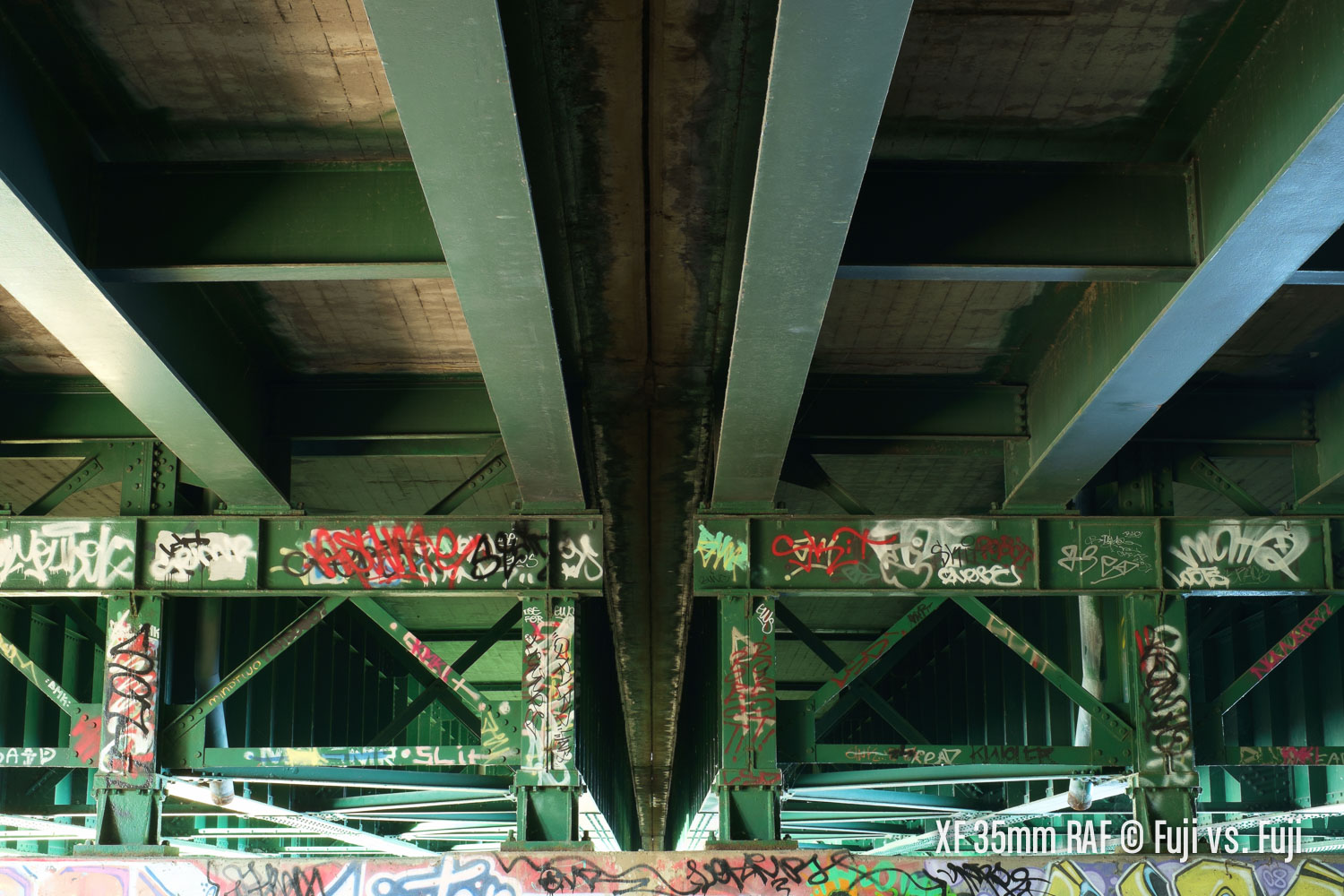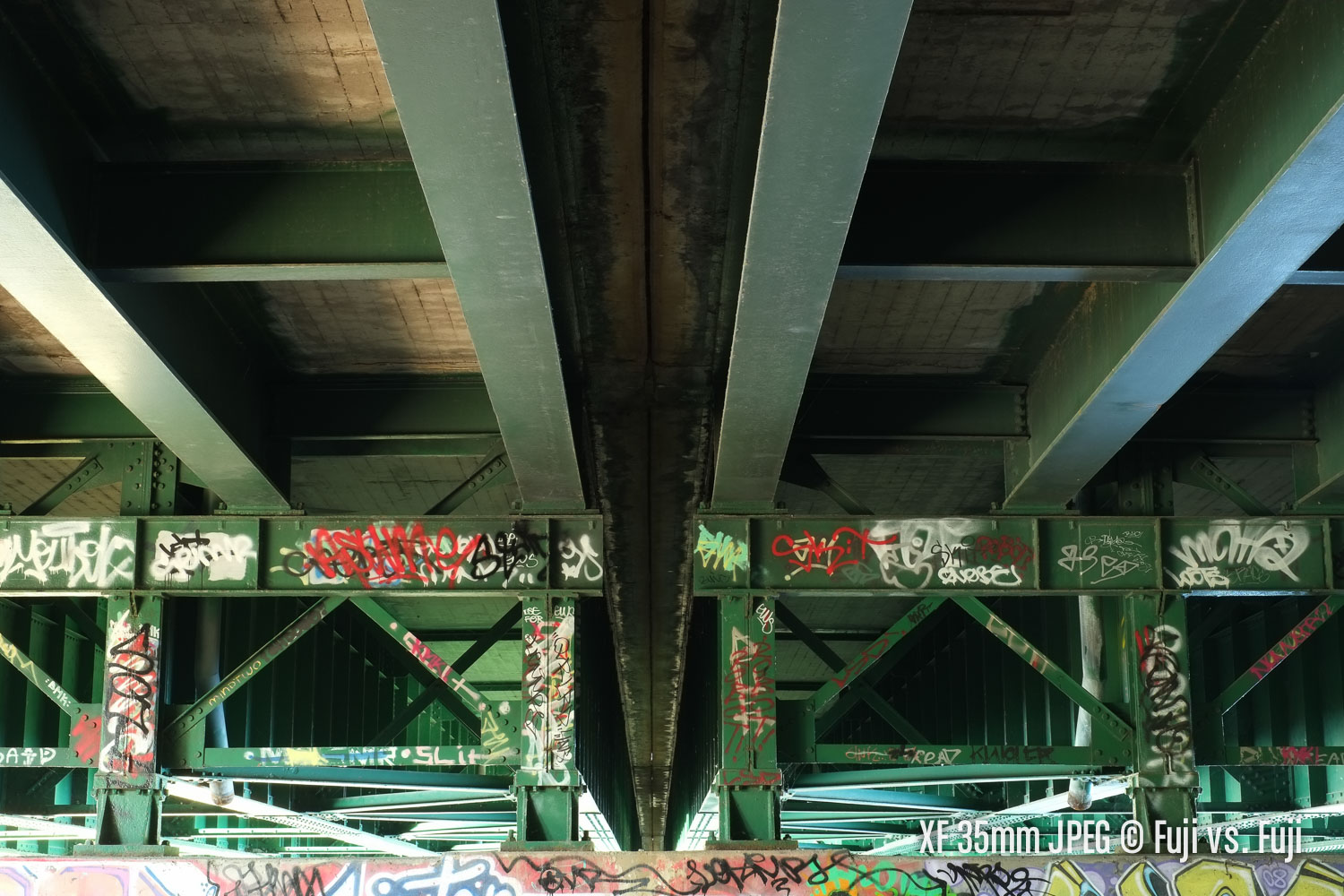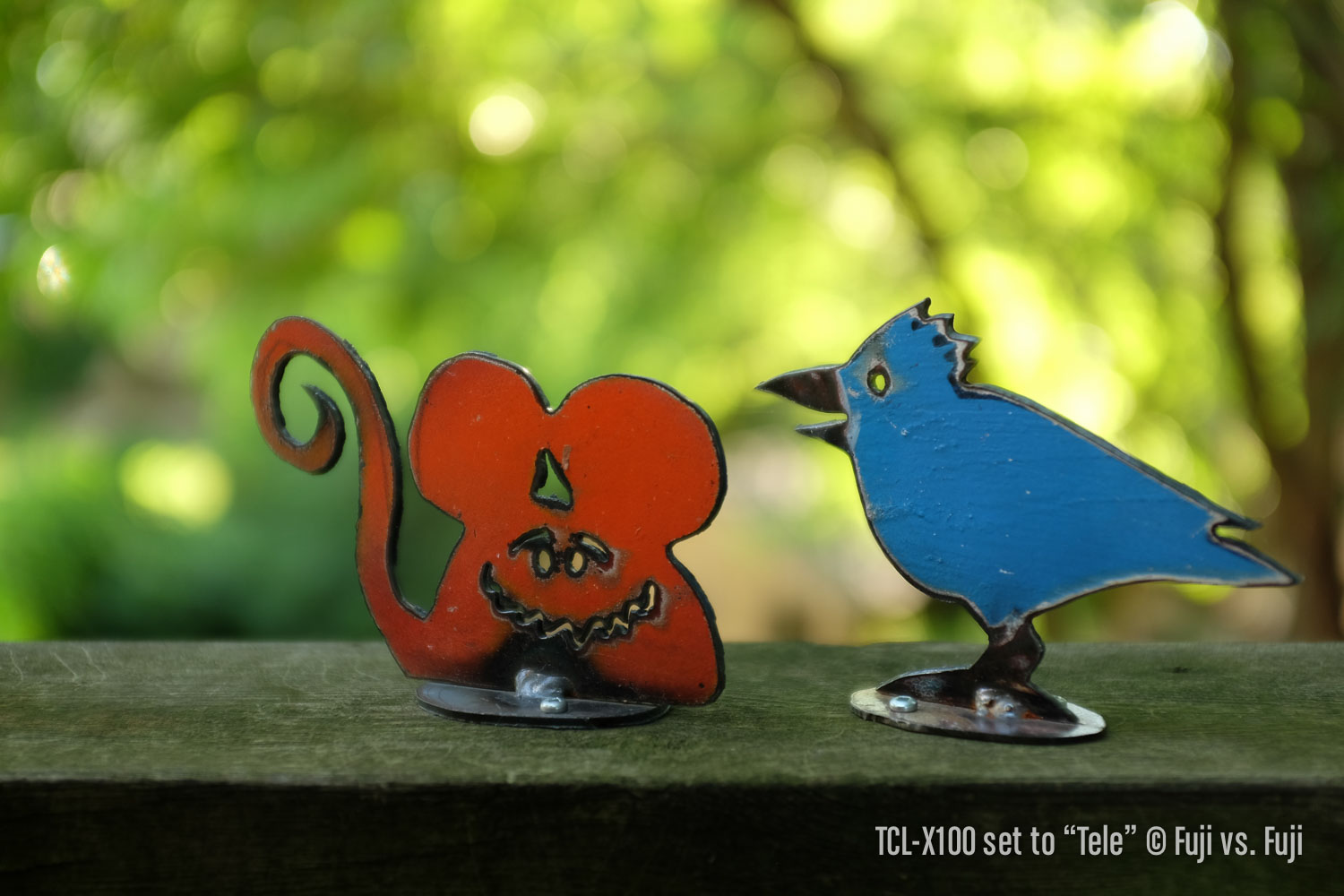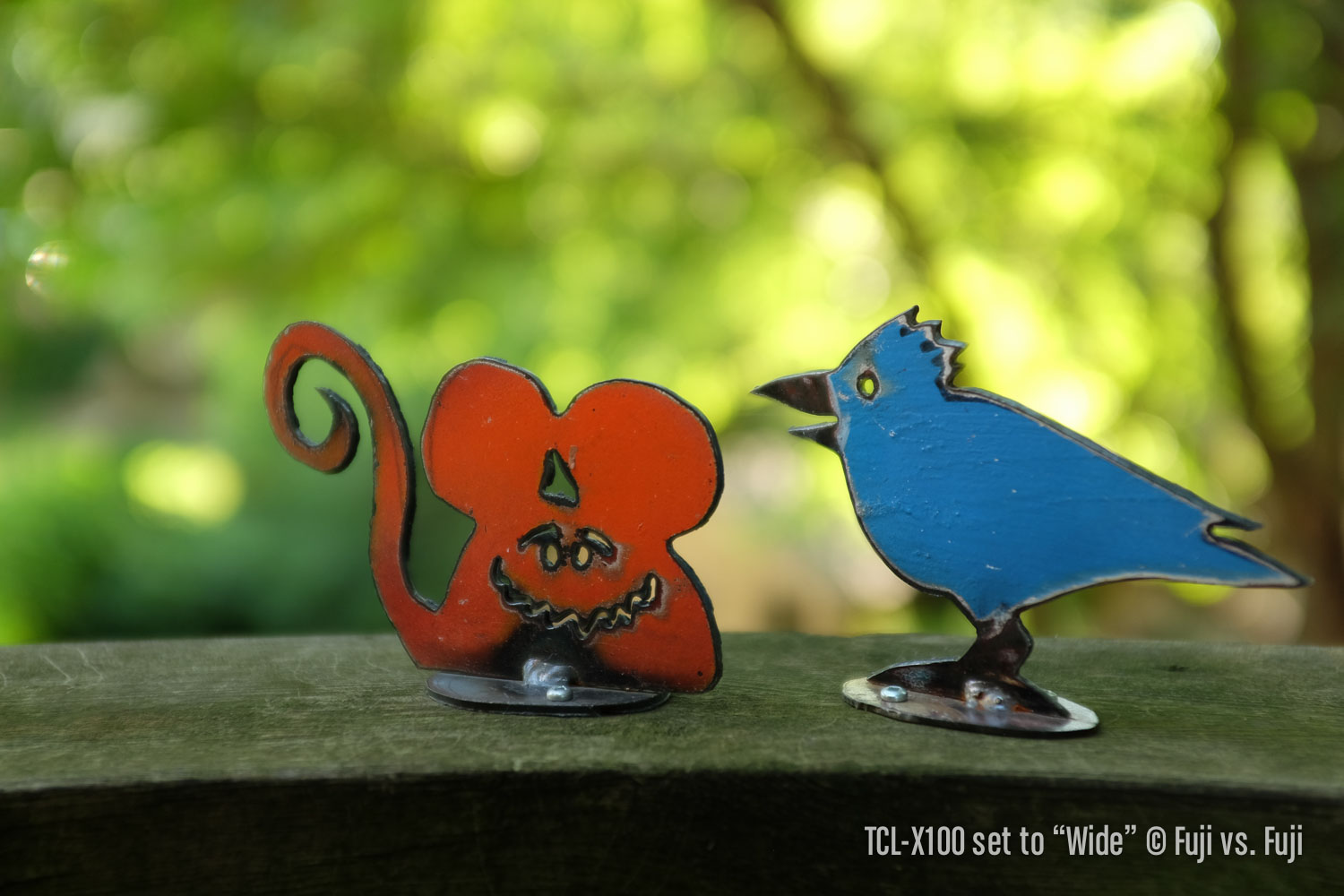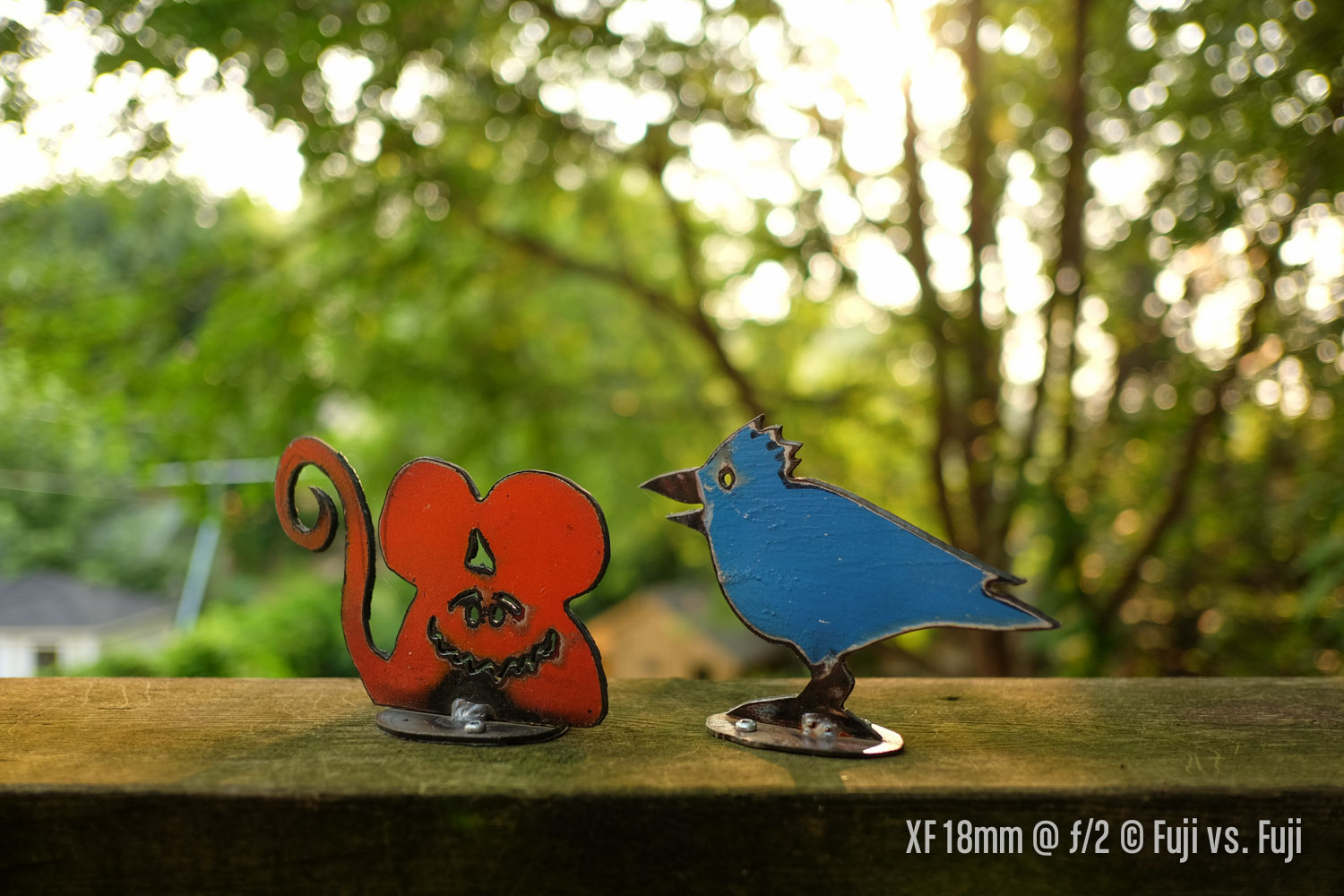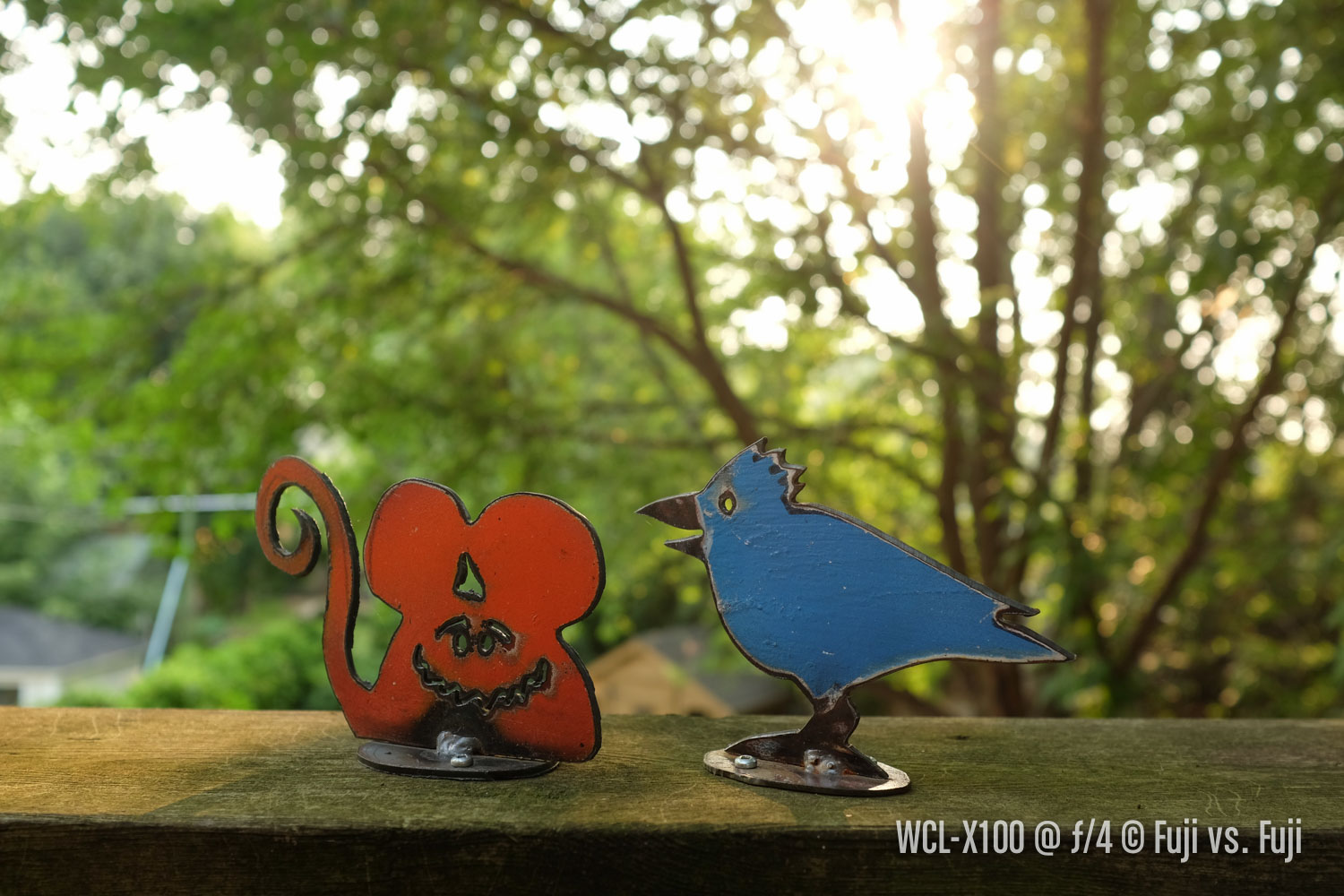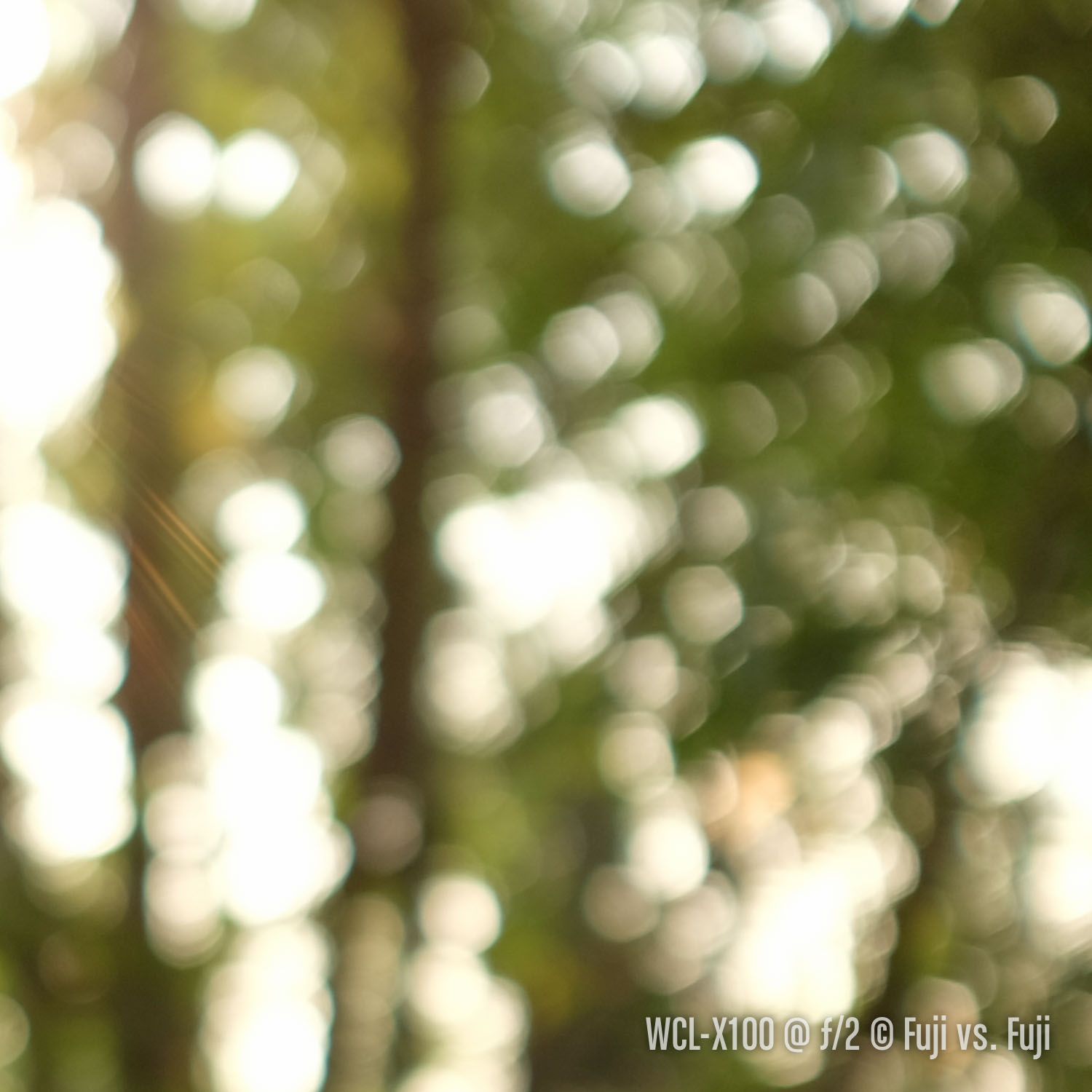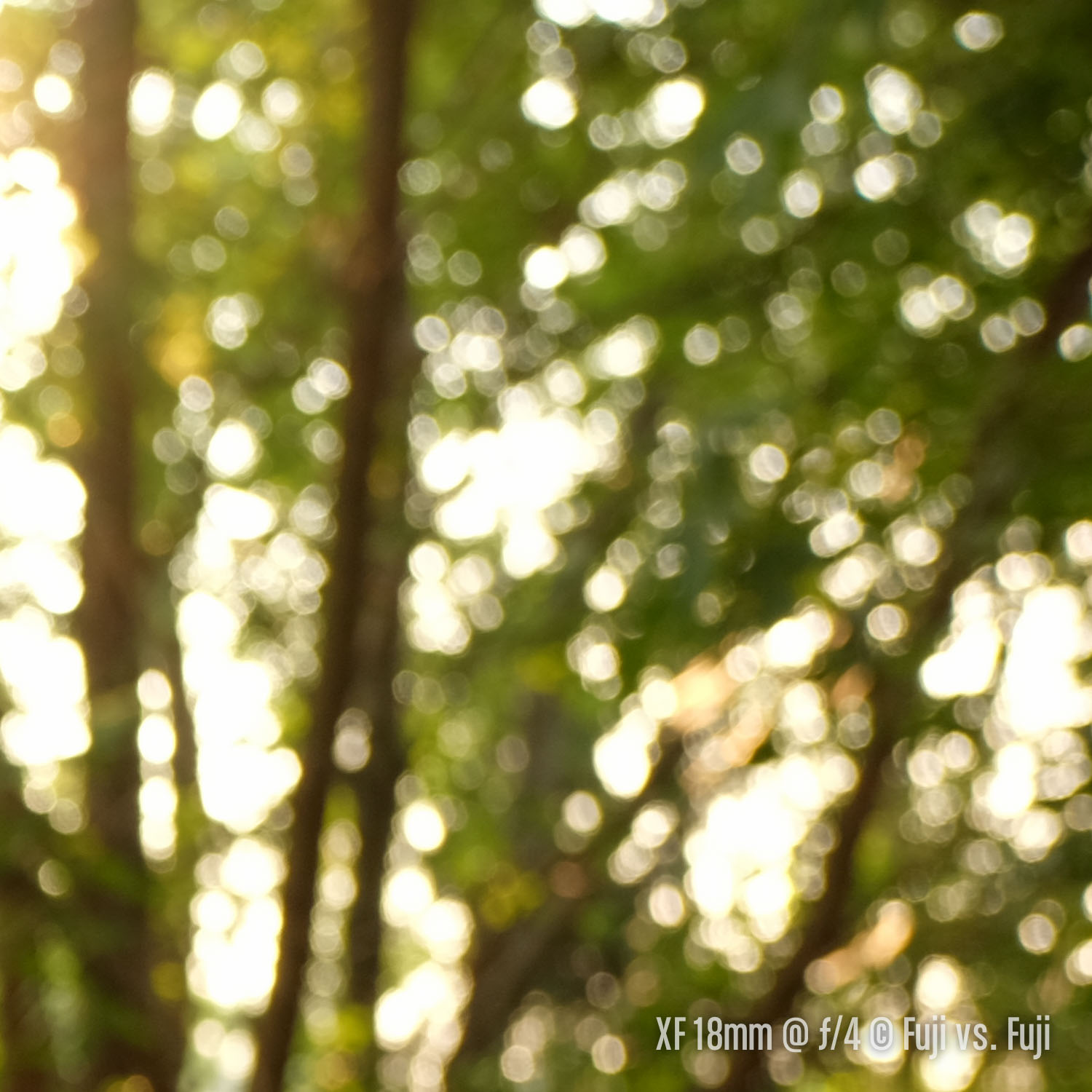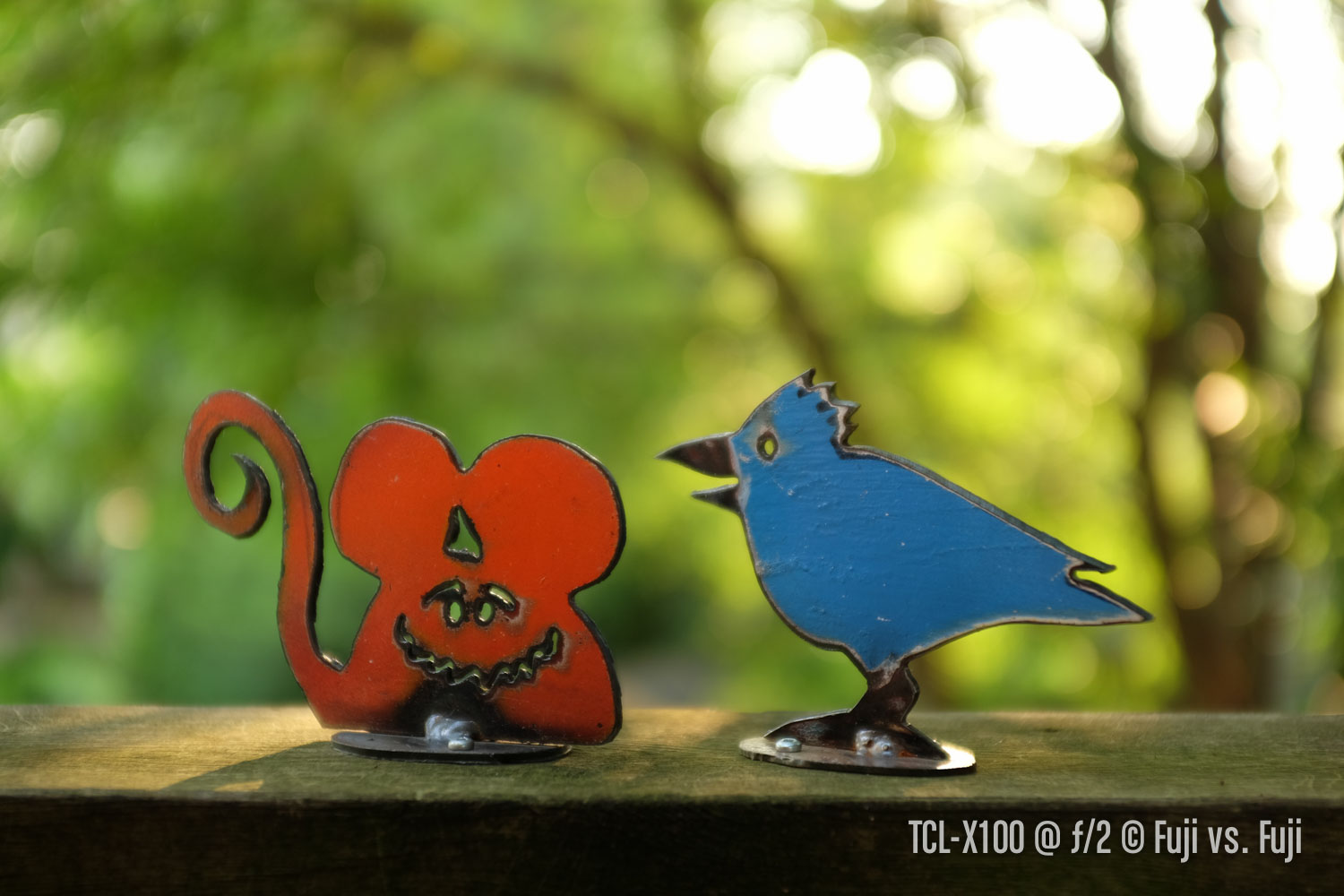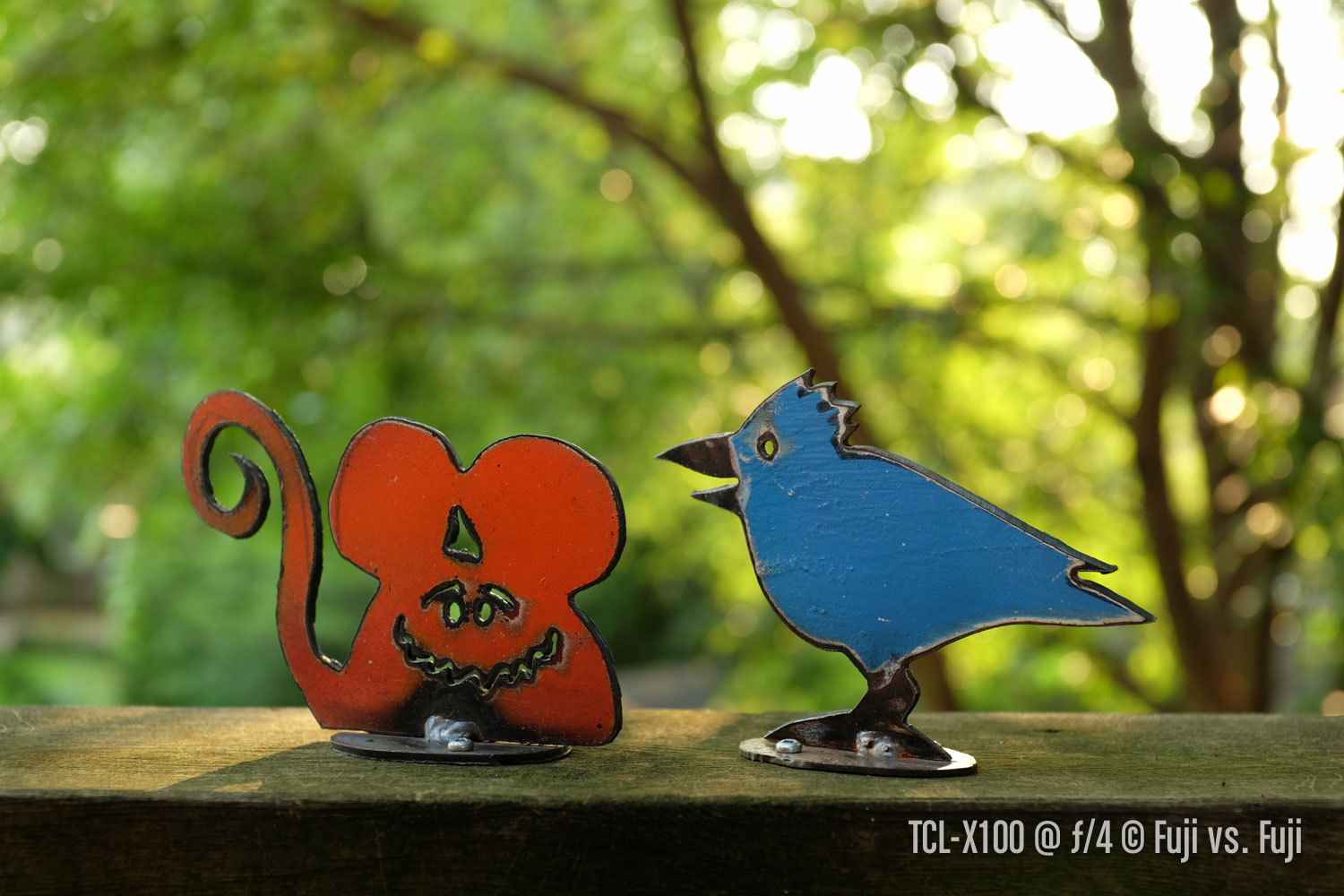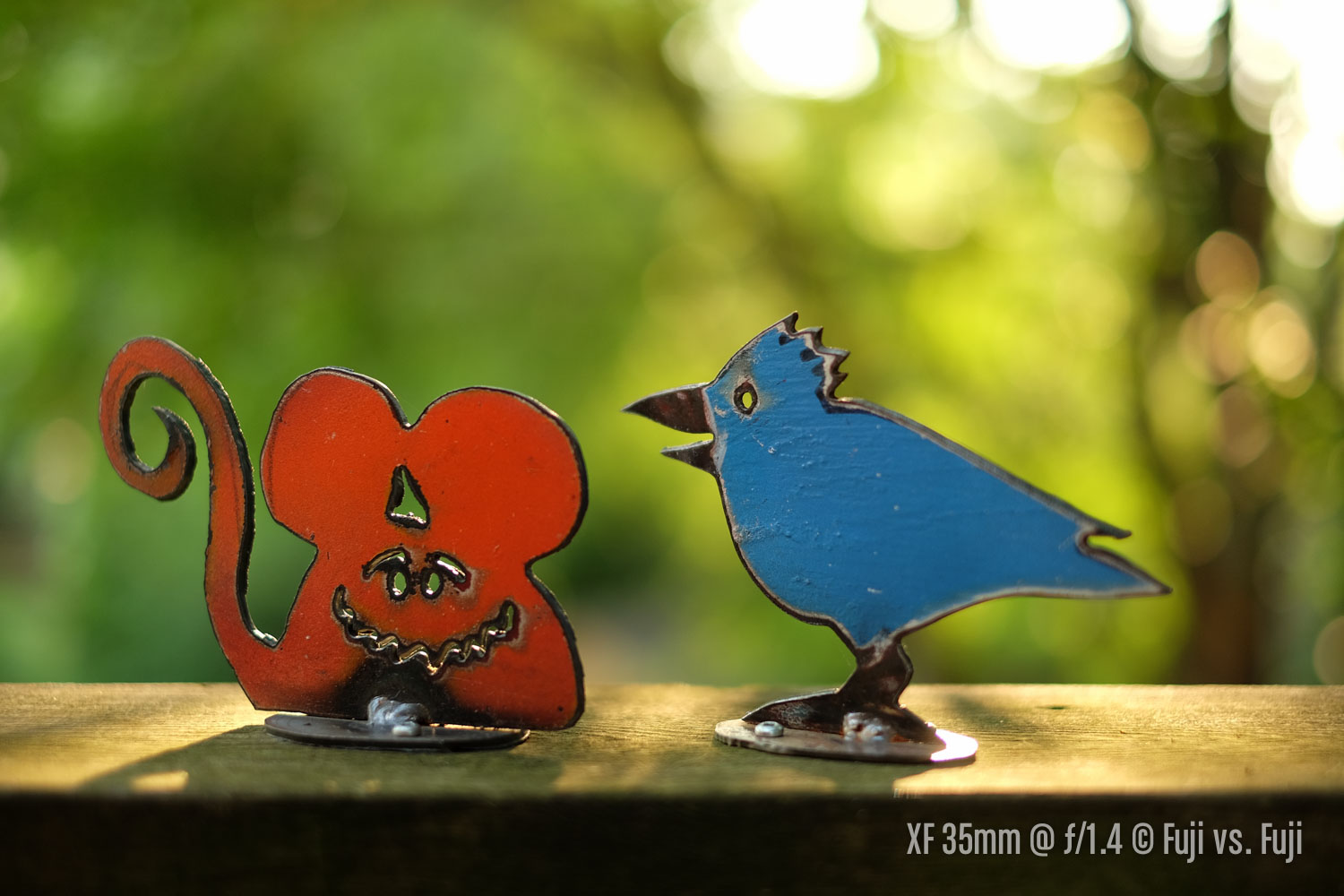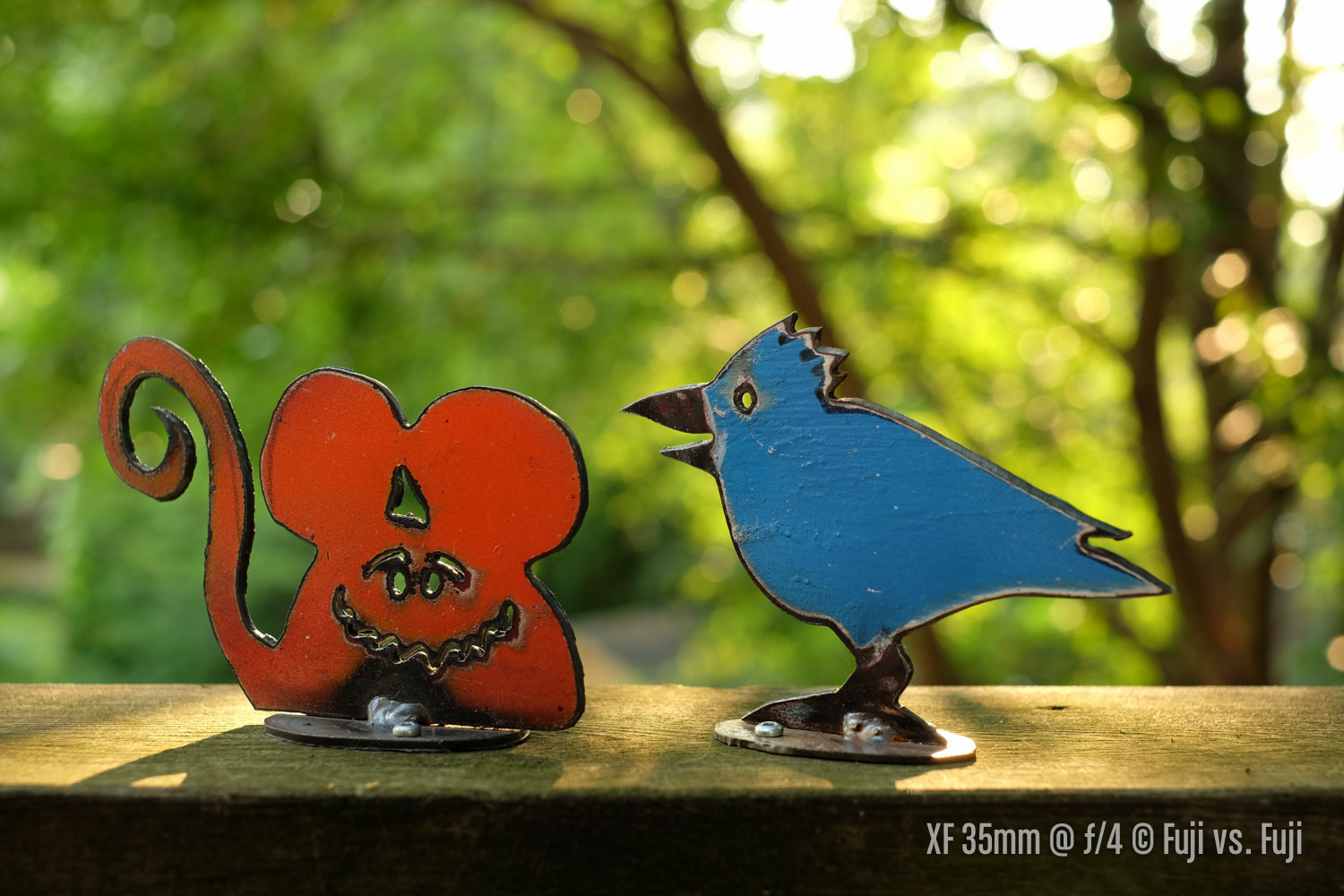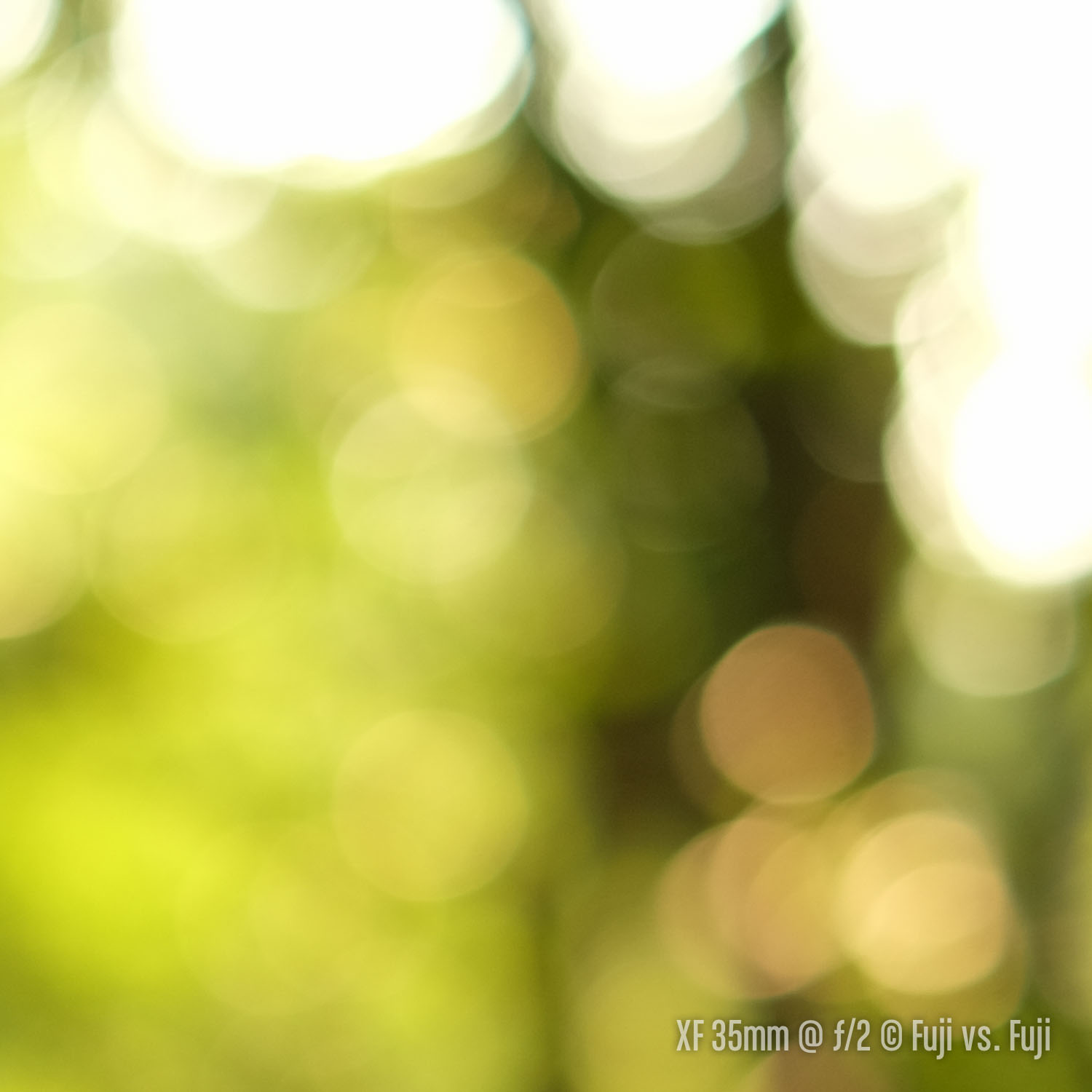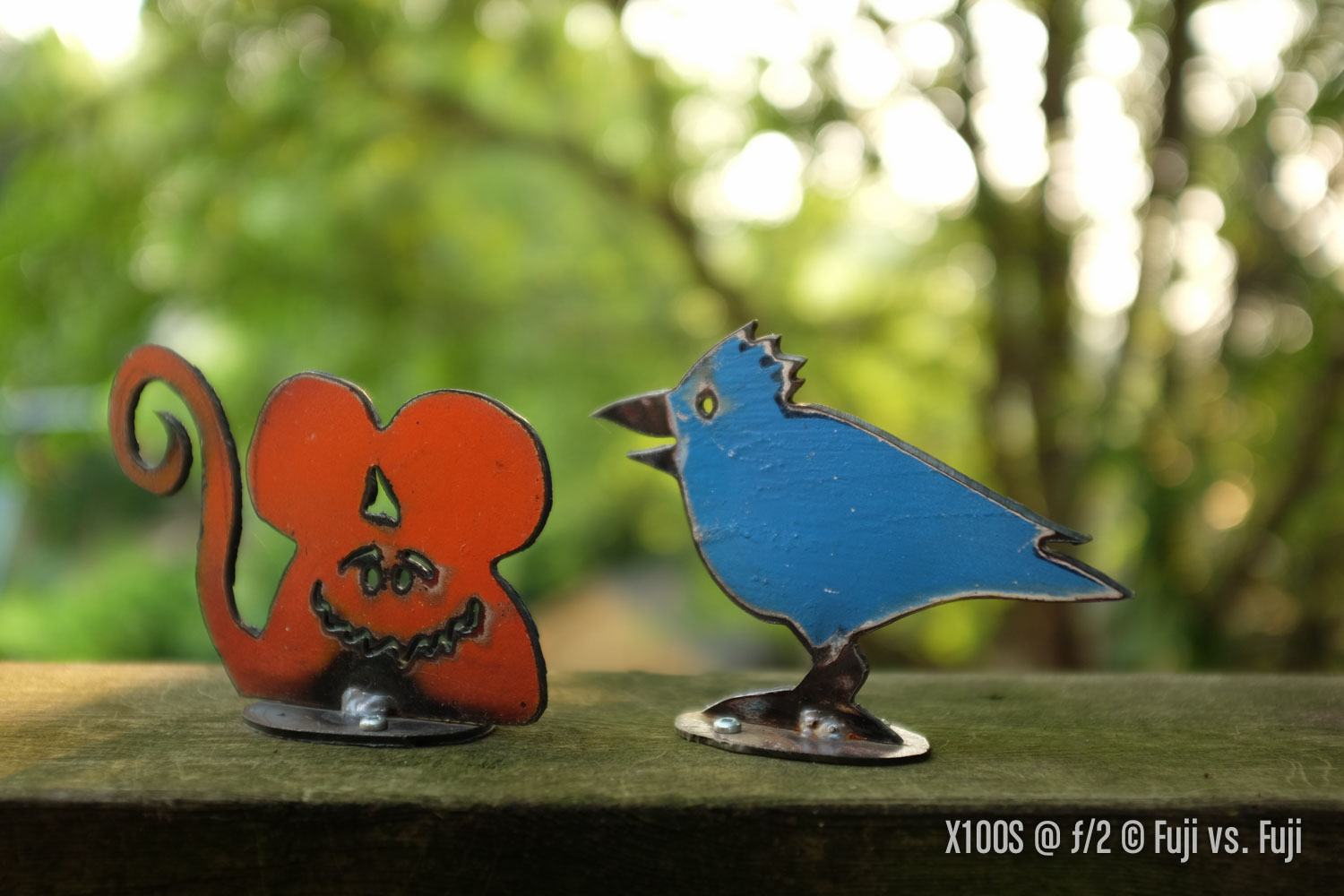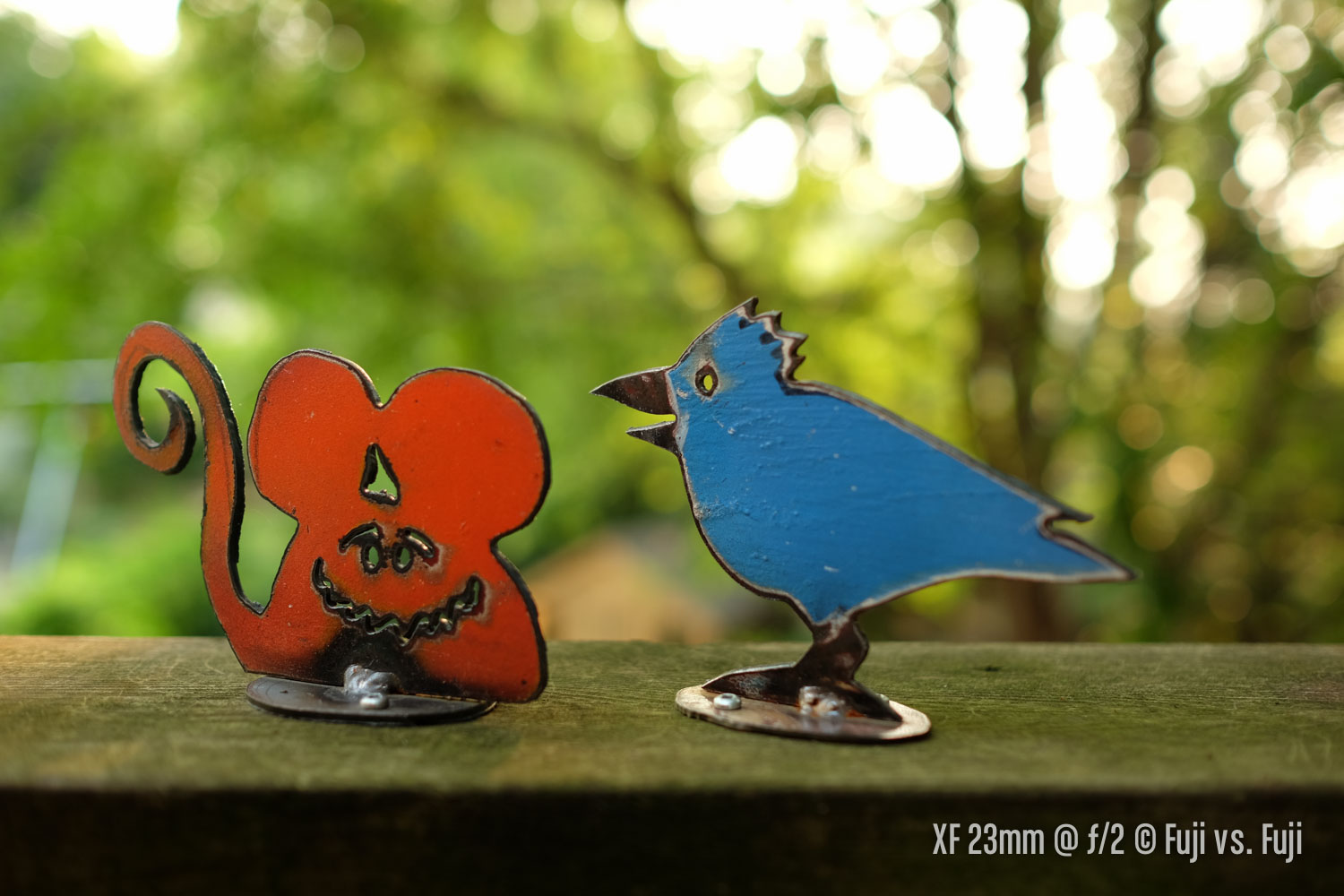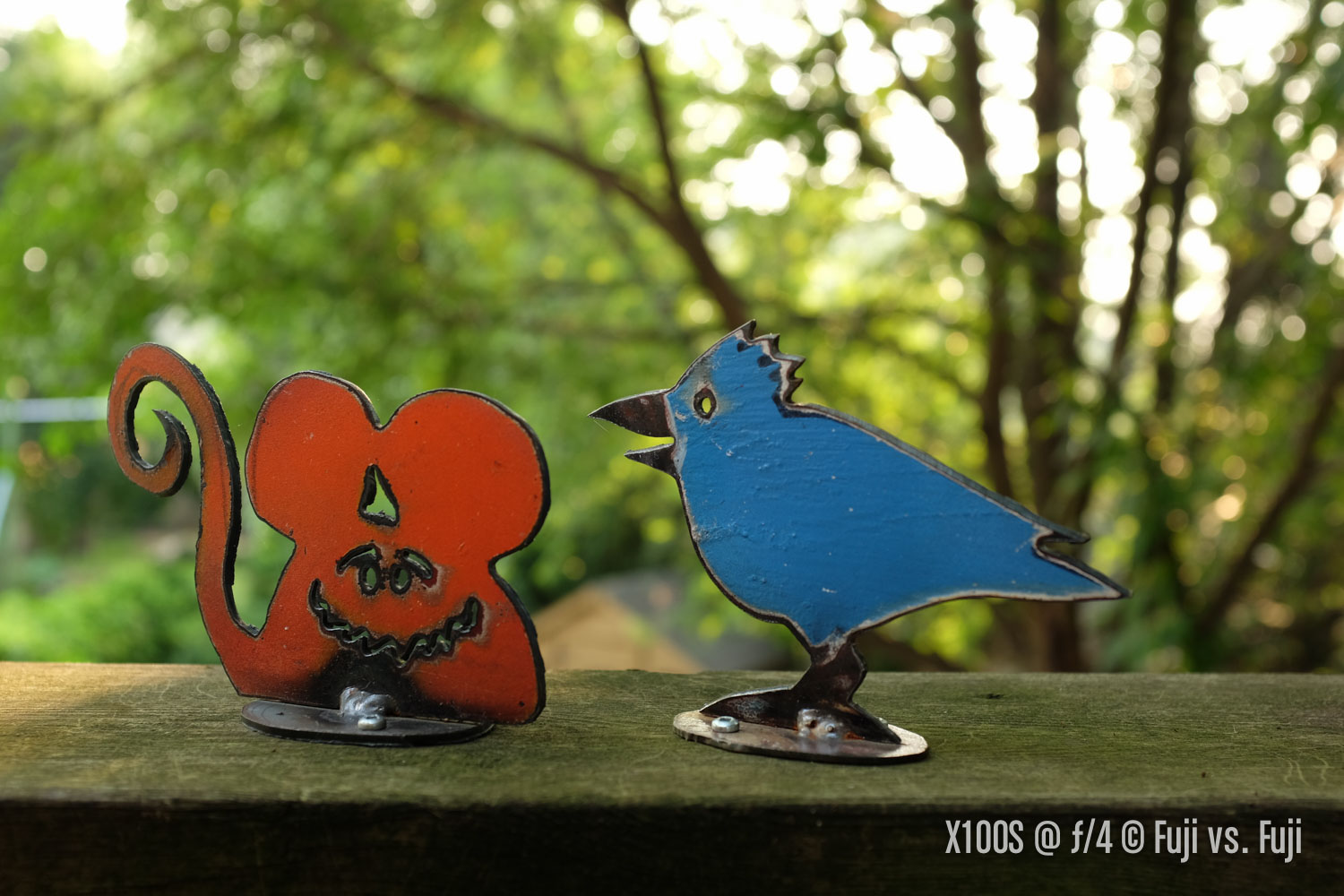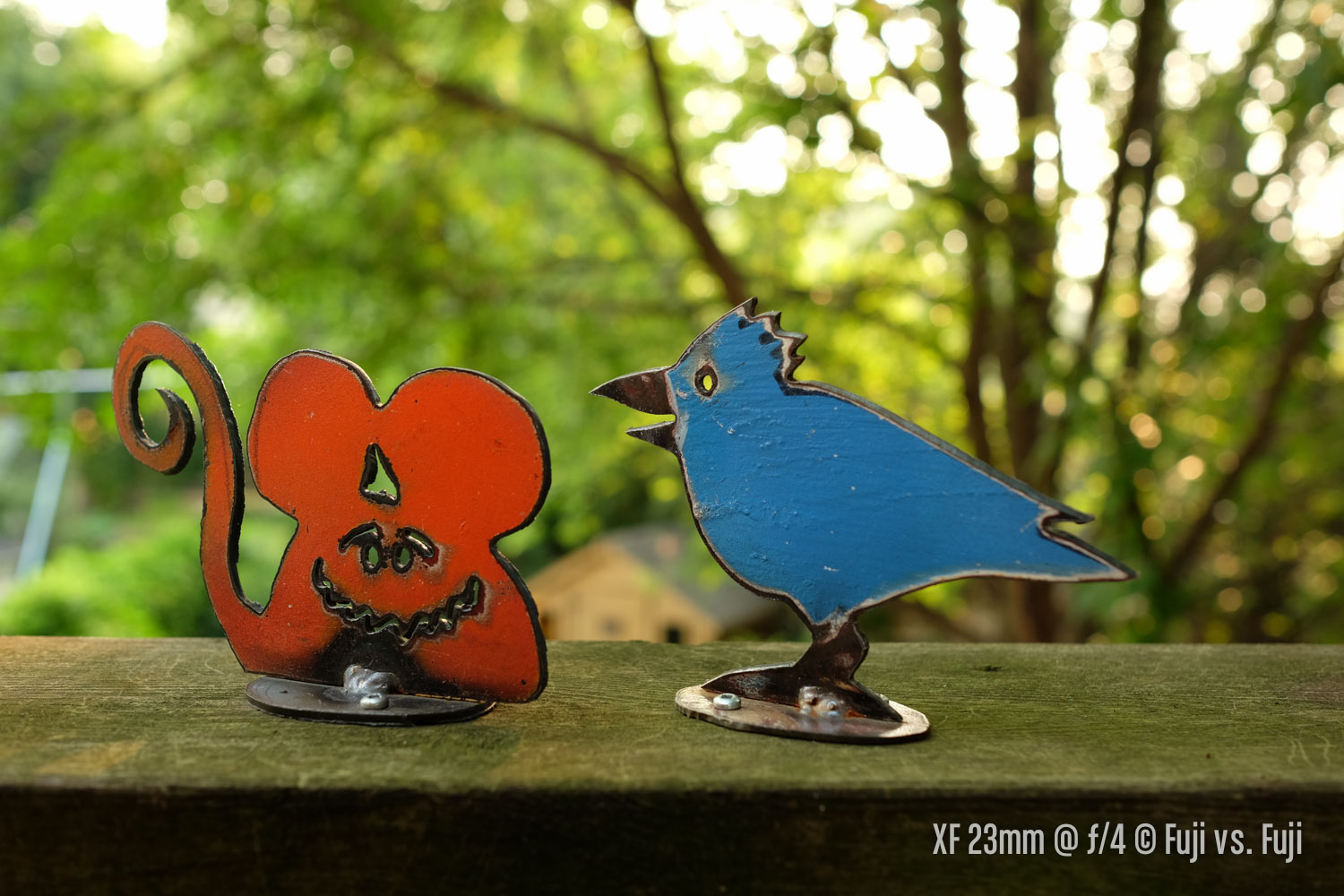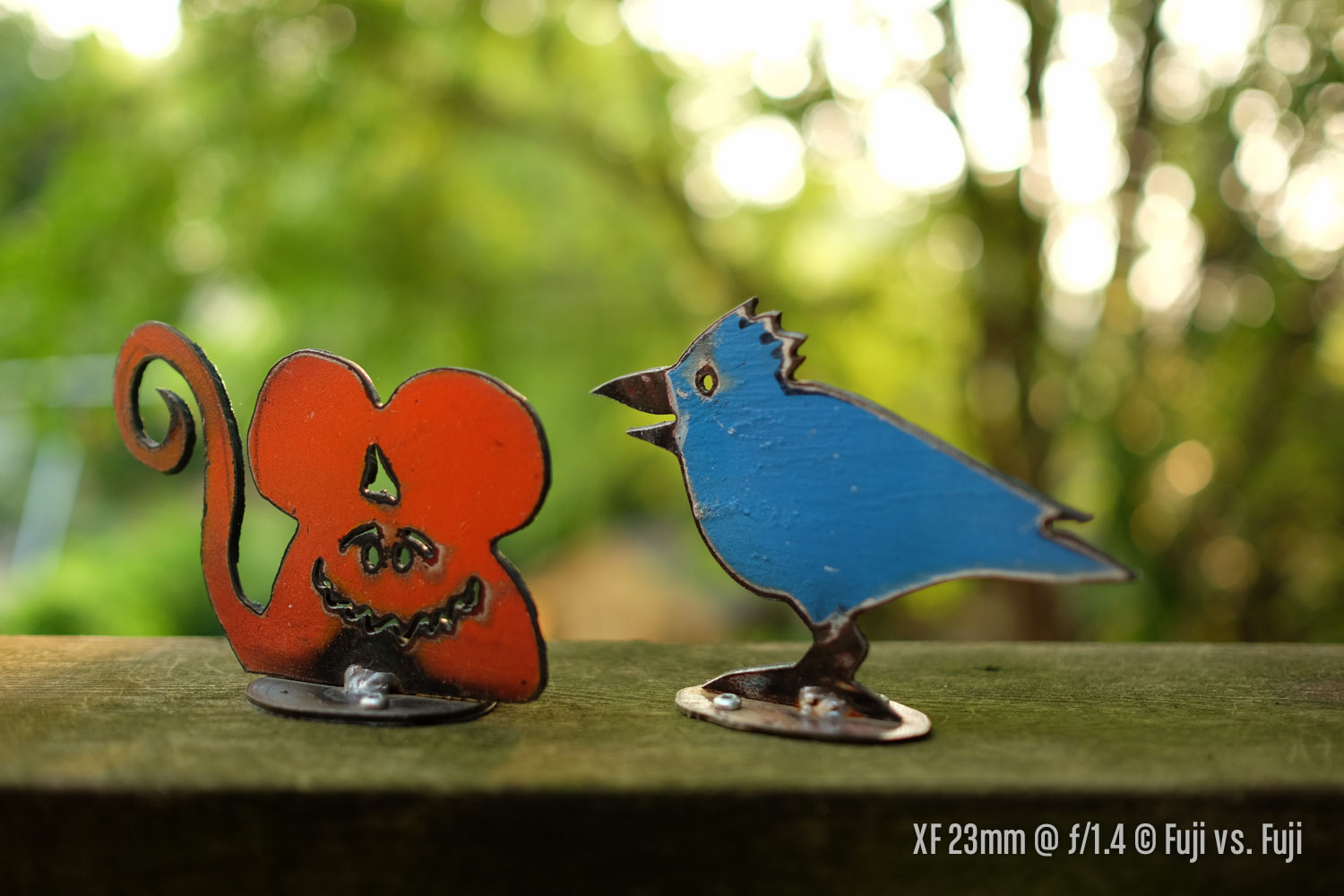X100 WCL-X100 vs. XF 18mm F/2 and TCL-X100 vs. XF 35mm F/1.4, a detailed comparison.
Introduction
The X100’s single focal length is quite possibly the only thing stopping it from being the most versatile camera on the market. Fuji started to address this when they released the WCL-X100 wide angle converter shortly after the X100S was released, opening the X100 line from a 35mm equivalent to approximately 28mm. They recently expanded on this with the TCL-X100 that tightens the focal length to a classic 50mm. These two converters certainly broaden the versatility of the X100, but converters conjure up concerns of optical compromises. In this article, I’ll examine how an X100 with these two converters stack up against having an interchangeable X-Series body with the XF 18mm F/2 on the wide and, and the XF 35mm F/1.4 on the normal end. For a thorough comparison of the X100’s 23mm F/2 lens and Fuji’s superb XF 23mm F/1.4, check out my X100 vs. XF 23mm F/1.4 article.
For this comparison, I’ll use Fuji’s X-E line of cameras to get as close as possible I’m terms of size and weight. The X-T1 and X-Pro1 could be used in place if the X-E body, but both bring notable differences in size and weight.
Specifications
| WCL-X100 | 18mm f/2 | TCL-X100 | 35mm f/1.4 | |
|---|---|---|---|---|
| Announced | May, 15 2012 | January 9, 2012 | April 16, 2014 | January 9, 2012 |
| Released | May, 2012 | February, 2012 | May, 2014 | February, 2012 |
| Price | $349 | $599 | $299 | $599 |
| Lens construction | 4 elements, 3 groups* |
8 elements, 7 groups 2 aspherical elements |
4 elements, 4 groups* |
8 elements, 6 groups 1 aspherical element |
| * In addition to 8 elements, 6 groups 1 double-sided aspherical, Super EBC coating | ||||
| 35mm Equivalent | 29mm (rounded up from 28.88) |
28mm (rounded up from 27.36) |
50mm (rounded down from 50.16) |
53mm (rounded down from 53.2) |
| Aperture Range | f/2 - f/16 | f/2 - f/16 | f/2 - f/16 | f/1.4 - f/16 |
| Close Focus | 0.5m (10cm Macro) | Approx. 18cm | 0.5m (10cm Macro) | Approx. 28cm |
| External Dimensions | 55mm diameter 37mm long |
64.5mm diameter 40.6mm long |
70mm diameter 46.5mm long |
65mm diameter 54.9mm long |
| Weight (Measured) | 129g | 118g | 173.5g | 184g |
| Total Camera Weight | 574.5g | 473g | 626g | 539.5g |
| Filter size | 49mm | 52mm | 67mm | 52mm |
What’s in the box
The converters should be the standard on which Fuji judge their unboxing experiences on. I thought for sure the packaging standard for the TCL-X100 would have lowered the same way the lenses have, but nope. Not only did we go back to the beautiful foam enclosures with magnetic clasps, but we also still get pouches that are sized to fit the item in the box. A couple more of these pouches would be handy for smaller lenses like the XF 18mm F/2 or XF 27mm F/2.8. I hope Fuji goes back to these boxes. It really makes it feel like I’ve just opened something special, and there’s no way I’d throw these boxes out. The paper mashe things our lenses have been coming in lately are begging to be thrown out.
When it comes to the primes, both of them happen to be from a bygone era when XF lenses still came in this fantastic packaging.
Handling
You might think the gist of this comparison will largely come down to optics, but the more I use the converters, the more I realize that’s really not the case.
It’s difficult to do a handling rundown without delving deep into how the cameras handle compared to one another. No matter how much I try to normalize how my Fuji cameras operate compared to one another—via things like aligning my X-T’s button functions the the X100’s defaults—the X100 is, or at least can be, a very different photographic experience than all the other X-Series bodies, save for the X-Pro1. For the sake of this comparison, I’ll try to keep the camera differences out of it.
Zone Focusing
The first thing I’ll note about handling is zone focusing. The more I use it the more I love it, and the more little things that make zone focusing more difficult irritate me. For instance, I absolutely love zone focusing with the X100. It is ridiculously easy to capture totally stealth images with. In an effort to be discrete, I typically keep the LCD off, but that means peering into the viewfinder in order to check what zone I’m focused on. This wouldn’t be such a big deal if I could set it and forget it, but the focus ring on the X100S is awfully easy to bump by accident so I’m constantly having to double check my zone. This isn’t a problem at all with the XF 23mm F/1.4. A quick peek down and I know what zone I’m in, plus it’s less prone to accidental changes in focus.
When it comes to going wider, it’s pretty much a wash when it comes to zone focusing. The XF 18mm F/2 is also missing depth of field markings and can be bumped out of focus just as easily. I don’t often zone focus at 50mm, but when it comes to the focus ring, it might actually be too out of the way on the X100S when either converter is attached and you’re looking to actively change focus manually as discussed below.
One Hand or Two
An X100 is just about as good as it gets when it comes to one-handed operation in Fuji world. Attaching either the converters to it doesn’t hinder that much, and it actually enhances two-handed operation considerably. Similar to how adding the hood to an X100 lets you cradle the camera in your left hand easier, the converters do the same, probably even better with one caveat.
When holding an X100 with both hands, I like to rest the bottom of the camera on pad of my hand between my wrist and my thumb. It’s super comfortable, but I find myself craning my fingers back uncomfortably when I want to adjust focus manually, leading me to adjusting my grip on the camera to focus. This might sound like serious nitpicking, but as we’ll see later on, I really enjoy focusing extremely close with the X100 and wide open. In these situations, even the smallest movements can totally throw your plane of focus off so having to do any sort of hand-shimmying to adjust focus can quickly become a frustrating user-experience.
With the primes, particularly the XF 35mm F/1.4, the camera can rest perfectly in my left hand, and I can adjust focus effortlessly without any adjustments to my grip. It’s perfect. Same goes for the aperture ring. The XF 18mm F/2 is nearly as good. In this respect, the primes take the prize for two-handed handling. The X100 feels like more of a deliberate camera. It’s made for people who have their photograph in their mind before the bring the camera up to there eye. Even the design of the aperture ring reflects this. It’s wonderfully clicky and a joy to adjust with the camera down near your stomach as it’s slung round your neck with a strap. This is in no way meant to suggest the primes aren’t for people with the ability to pre-visualize, but how a camera works can have a real impact on how you use it intuitively.
Hoods and Caps
Both the primes come with awesome metal bayonet-style hoods. They’re flat on the top and bottom, and each come with their own rubber slip-on cap. These caps are very prone to falling off or simply not wanting to leave your bag when you take your camera out. Interestingly, the XF 35mm F/1.4’s cap is slightly larger than the XF 18mm F/2’s, each cap fits on the hood of the other lens. It seems Fuji could have had one rubber cap to rule them all.
The add-on hood for the X100 is somewhat notorious for its high price, not to mention its lack of flare cutting ability. Alternatives from the likes of JJC→ are available for much less money, but the finish of their filter attachments and hoods is quite different. Either option will work with the WCL-X100 in addition to the X100 on its own, but there doesn’t seem to be any hood to speak of for the TCL-X100.
Coverter rear caps
One final note here, the push-on rubber back caps found on both the converters are probably the most fiddly part about their handling. They might fall off more than the prime’s hood caps do. I plan to experiment with some tape to see if I can’t make them grip the lenses a little tighter. At least we have those nice little baggies to keep every nicely contained.
Size & Weight
This is the most conflicting weight comparison I’ve ever done. I’ve mentioned before that the X100 is actually a little bit heavier than it looks. It’s a very dense camera. An X100, WCL-X100, and TCL-X100 make and overall lightweight package, but an X100 with either of the converters attached is significantly heavier than either of their prime counterparts attached to an X-E or X-T body. I always marvel at just how light having the XF 18mm F/2 on an X-E body is. It’s crazy. The same can be said for the XF 35mm F/1.4. It’s a fantastically light lens, and while the X-T and XF 35mm F/1.4 combo weighs almost exactly the same an X100 and TCL-X100 does, the added grip on the X-T makes it feel lighter and more comfortable. Fortunately the converters don’t make an X100 feel front-heavy, just heavier by comparison.
Here is a bunch of charts
WCL-X100 vs. 18mm f/2
TCL-X100 vs. 35mm f/1.4
As you can see, things change entirely when the XF 23mm F/1.4 is added. It brings almost 300g to the kit on its own. It’s a lens I find is on the cusp of being too heavy for an X-E body, but it balances great on the X-T1. If you’re looking for overall kit weight, an X100 with converters is the way to go, but if you want the camera that’s lightest in your hand, the primes and an interchangeably body are just barely lighter.
X100 vs. XF 23mm F/1.4
When it comes to size, both converters are actually quite a bit smaller than the primes they match up with, but once attached to an X100’s lens, they protrude just a little bit more. So again, if you want to take up the least amount of room in your bag, an X100 and converters take the cake.
All in all, the only way I could see size being a factor (unless you’re really picky) is if you’re a 35mm equivalent fan who ocassionally wants to get just a little bit wider. I.e., carrying an X100 is trivial and you’ll hardly notice a WCL-X100 in your jacket pocket. The same can be said for the XF 18mm F/2, but you’ll definitely know it when you have any body with the XF 23mm F/1.4 attached.
Compare the converters attached to an X100 and their prime equivalents, however, and there’s not much to talk about beyond the converters sticking out a little further. The TCL-X100 certainly does seem larger though. It somehow has more presence.
Sharpness
Ah sharpness. Always the most anticipated comparison. I can understand why, but absolute sharpness is becoming less of a concern for a lot of my personal work. When it comes to commercial or landscape photography, sharpness is still pretty important.
The comparisons and crops below weren’t at all surprising to me. Spoiler alert, the XF 35mm F/1.4 is the sharpest, and not by a small margin. In my opinion, if you have an interchangeable Fujifilm X-Series camera you’re nuts if you don’t own the FUJINON XF 35mm F/1.4. With that said, an X100 isn’t exactly “soft” so long as you stop down from wide open. No matter the aperture though, the XF 35mm F/1.4 puts the TCL-X100 to shame in the sharpness category.
When it comes to going wide, I didn’t anticipate the XF 18mm F/2 would do quite as well as it did in some of the tests. First up is a graffiti test.
WCL-X100 vs. XF 18mm F/2 — Graffiti
It’s important to keep in mind that these test shots were taken within range if the X100’s hazing effect, reducing perceived sharpness at larger apertures. Maximum sharpness appears to be reached by about f/5.6—particularly with the XF 35mm F/1.4—and diffraction starts to set in by f/11. Next we’ll look at the corners where by about f/4 I think the WCL-X100 actually pulls ahead of the prime.
TCL-X100 vs. XF 35mm F/1.4 — Graffiti
First we’ll have a look at centre sharpness.
Things even out a little when we make our way down to the bottom corner. The extreme corners of the XF 35mm F/1.4 suffer quite a bit at its widest apertures. Stopping down though, the primes pulls away from the TCL-X100 again.
TCL-X100 vs. XF 35mm F/1.4 — Land and cityscape
With the X100’s hazing out of the equation, we can judge sharpness a little more accurately. For this test, focus reached infinity throughout the aperture range so we can assess the reeds and the buildings in the background.
In general, the TCL-X100 appears to always be about a stop behind in sharpness, but it never quite catches the XF 35mm F/1.4. Still, it’s an extremely admirable showing considering we already knew the X100 wasn’t quite as sharp as the XF 35mm F/1.4.
Note: By f/16 in particular, my shutter speed was getting slow enough that I was capturing the effect of a light breeze on the reeds.
Distortion
WCL-X100 vs. XF 18mm F/2
Both the WCL-X100 and the XF 18mm F/2 exhibit pretty strong barrel distortion and it remains quite prominent even after Fuji’s in-camera correction. The curious thing about the WCL-X100 is it while the camera crops into the photograph when it renders its JPEGs, presumably in part due to the distortion correction, I still need to punch in the same number in Lightroom’s Manual Distortion correction as I do the JPEG to get things straight. The same is true for the XF 18mm F/2, but the JPEGs don’t result in some of the image tossed away during correction.
Ultimately the lenses are fairly evenly matched when it comes to distortion. Of note in this particular test, the XF 18mm F/2 flared like crazy. I’d have expected this from the converter before the prime.
TCL-X100 vs. XF 35mm F/1.4
It’s fairly common knowledge that Fuji’s XF 35mm F/1.4 has next to no distortion. That much is shown clearly in the comparison images below. The TCL-X100 also performs extremely well in the distortion department. JPEGs show only a small amount of correction being applied in-camera. There is less distortion from the XF 35mm F/1.4, but it shouldn’t be a deciding factor.
Distortion certainly isn’t the converters’ strong suit, but it’s worth commending Fuji on how much correction they’ve managed to achieve with them. To give you an idea, here’s a shot taken with the TCL-X100 attached. In one image with the X100 set was Tele, the other was set to Wide.
Bokeh
The converters have some stiff competition here. The XF 35mm F/1.4 renders out of focus backgrounds beautifully. Every time I put that lens on my camera I remember why I love it. It is exceptional. The XF 18mm F/2 is no slouch in the bokeh department either as you can see in my 10-24mm f/4 vs. Primes article. An X100 does an excellent job with bokeh on its own, so it’s interesting to see what sort of impact the converters have on that.
WCL-X100 vs. XF 18mm F/2
These two options produce drastically different bokeh characteristics. For me, the WCL-X100’s is a little cleaner. You’ll see some fringing around some of the light spheres, but I would take that over the onion effect that’s evident in the XF 18mm F/2. This is the one area in isolation where I think the WCL-X100 is better than its prime counterpart.
TCL-X100 vs. XF 35mm F/1.4
Going into this test, I pretty much wished the TCL-X100 luck and waited for the XF 35mm F/1.4 to destroy it. That’s not really how things worked out though. The XF 35mm F/1.4’s bokeh is cleaner and more pleasing overall, but the TCL-X100 holds up astonishingly well. The one problem is that at these distances, the hazing effect mentioned above and discussed below is already taking a serious toll on image sharpness, even with the narrow depth of field taken into consideration. The XF 35mm F/1.4 stays remarkably sharp, even when focused close and wide open. For ultra intimate portraits when sharpness is important, turn to the XF 35mm F/1.4.
X100 vs. XF 23mm F/1.4
I hadn’t intended on including any X100 vs. XF 23mm F/1.4 content in this post—lots more of that can be found here—but I had the 23mm close by so I figured I’d run this test on it as well.
Haze
When I first got my X100S home, I noticed the haze that was present when focusing at macro distances with the lens wide open. This spherical aberration has been noted by Fujifilm as a known phenomenon since the X100 was new to the market. Fuji even recommend stopping down to f/4 or smaller. This takes care of the haze well enough, but it’s an effect I actually really like at times. So often it’s the flaws of an optic that give them their character.
The extremely close minimum focusing distance of an X100 doesn’t change with the converters attached so the effect carries over to them as seen below.
This haze doesn’t exist with the prime counterparts, but that’s in part because the primes can’t focus anywhere near close enough for this spherical aberration to be as prominent. I call this one a win for the X100 and converters.
Close Focus
Coming soon. Ok, maybe not that soon, but it is coming, I think.
Conclusion
Before starting this site, I came very close to selling off all my DSLR gear and having just two cameras, a silver X100S, and a black X100S. The silver with an L-plate permanently affixed to its bottom end, and that probably wouldn’t leave my tripod. The black X100S would be my everyday discrete street shooter.
Turns out I ended up buying damn near everything Fujifilm makes to start this website, but as time goes on, my idea for going X100S-only seems more and more like it would have been a viable option.
Fuji’s WCL-X100 has been available for some time now and gave X100 owners a little bit more flexibility, gaining them about 7 extra millimetres in 35mm equivalence. It was a nice little add-on, but despite that, the X100S was still a supplementary camera, rather than a primary one or the start of a “system” for most. With the arrival of the TCL-X100, I imagine the gears started turning in some X100-owners heads about ditching it all, and going with the plan I had for myself not too long ago; X100-only.
It’s really about shooting
Despite any optical inferiorities or usability niggles there might be with the X100 camera as they are today, the bottom line is it’s the camera I love photography the most with. I shoot more when I have it with me and get more enjoyment out of photography. That is the most important stat, and it’s only testable for yourself by you. I’ve heard plenty of stories of people selling their X100 to fund the purchase of the XF 23mm F/1.4, loving the quality of the 23mm f/1.4, but ultimately selling it to buy an X100 again. If I had to pick one way to get to 35mm, I’d do the same. Things change a little when you add the converters and their prime counterparts, but not that much.
Which should you get?
Easy. If an X100 camera is your only proper camera already, picking up the converters makes all kinds of sense. I think the only limiting factors might be the added size—particularly with the TCL— and price. Of all the items Fuji discounts, I would think the converters would be in regular rebate rotation.
If the X100 is a supplementary camera for the interchangeable kit you already have, buy to suit which ever brings you the most out of your photography. If that’s absolutely image acuity, you’ll want to opt for the XF 35mm F/1.4. If shooting with an X100 brings you more enjoyment, and the X-T you have is more of a workhorse, consider the TCL-X100.
On the wide end it’s less critical which you choose, but my recommendation would have to be the WCL-X100 on your X100. Use the dough you save for an XF 14mm F/2.8 on your interchangeable body.

